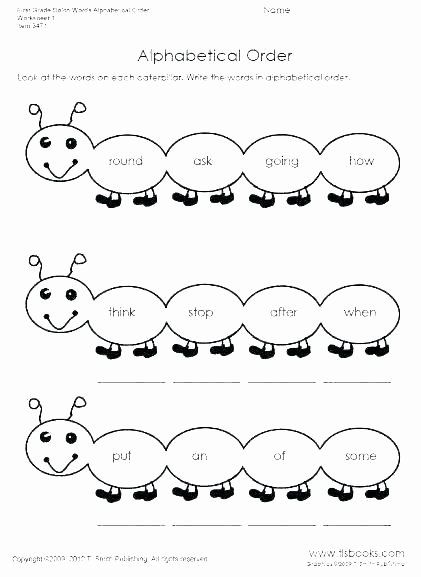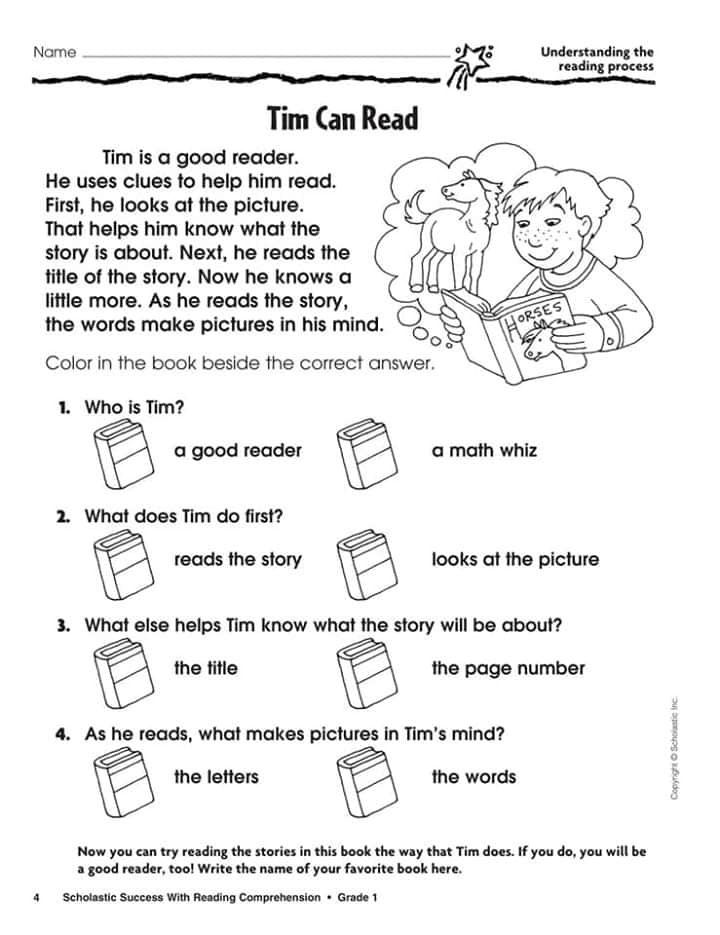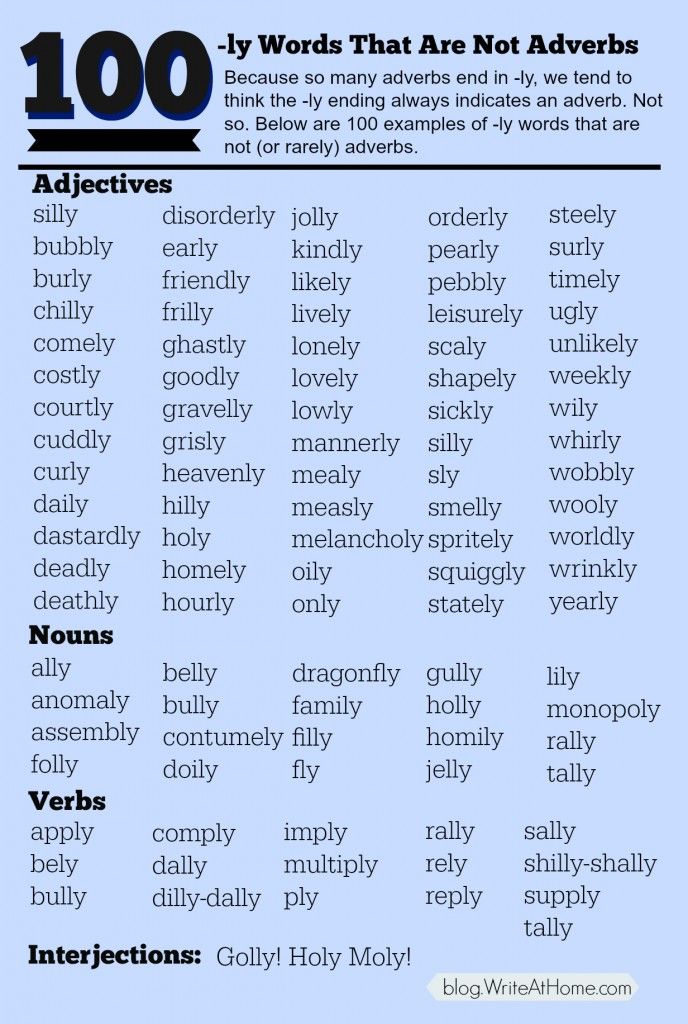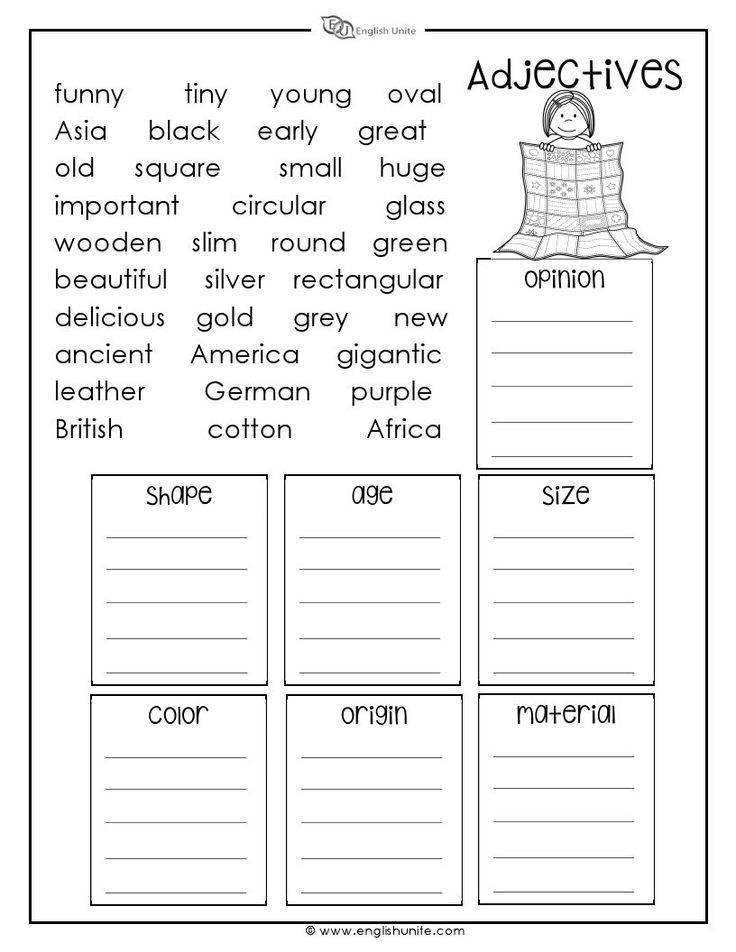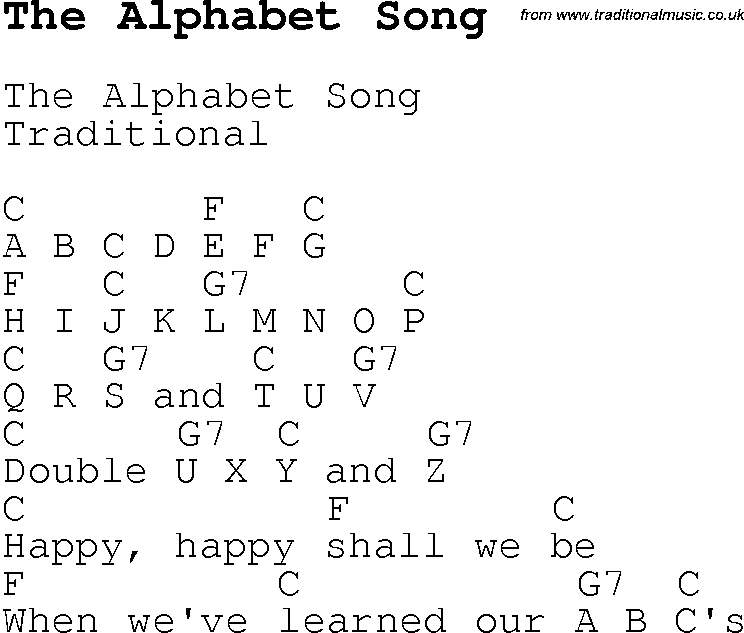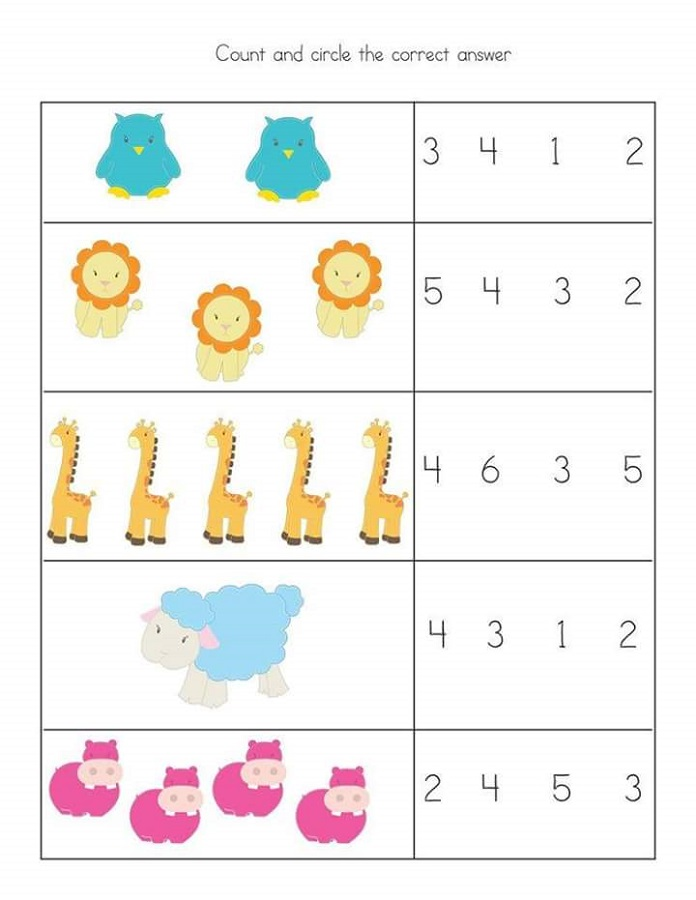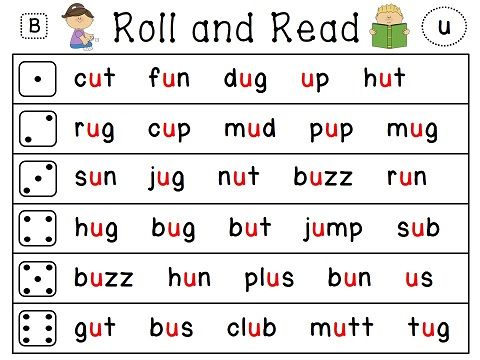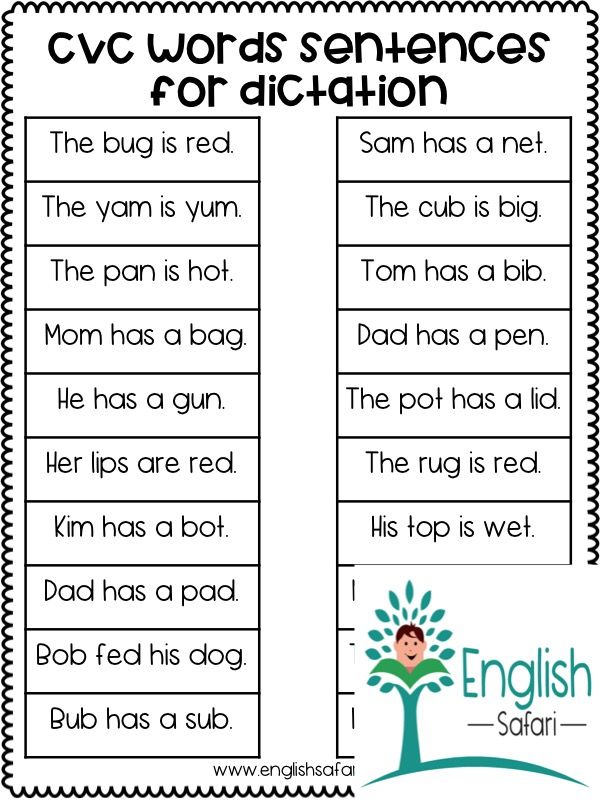Write for games
So You Want to Write for Video Games?
Many screenwriters dream of writing the scripts for video games and reaping the profits of an industry that is far more profitable than the film and television industries that screenwriters are striving to break into today — but there's more than meets the eye when it comes to being a game writer.
Being a game writer seems like the ideal job for many screenwriters that are gamers in their spare time. In an age where gaming technology appears to be making amazing breakthroughs with every release and where a single video game's revenue outmatches the latest box office theatrical blockbuster by unbelievable amounts, it's only natural that screenwriters want to jump on that bandwagon.
According to a Global Games Market Report, in 2016, the worldwide video game industry generated a revenue of $99.6 billion. Hollywood only managed to rake in "just" $36 billion in that same year.
Grand Theft Auto V, the ultimate video game record breaker, made $815. 7 million in its first day of release. That's not a typo — its first day of release. Some of the biggest summer blockbusters in movie theaters take three months or more to make that amount worldwide — if they're lucky.
"Okay, where do I sign up?!"
This is where it gets tricky — and a little depressing for some.
You Don't Write an Original Script for a Game and Sell It on SpecMany screenwriters have the fantasy of writing a brilliant screenplay that is perfect for video game interpretation. They think they can take it to the big video game companies, make their pitch as they would with any Hollywood studio or production company, sell it, and then collaborate with game developers to make the next big hit.
That's just not how it works.
The game writer doesn't sell their concept and watch game designers bring their vision to life through beautiful visuals and interactive gameplay.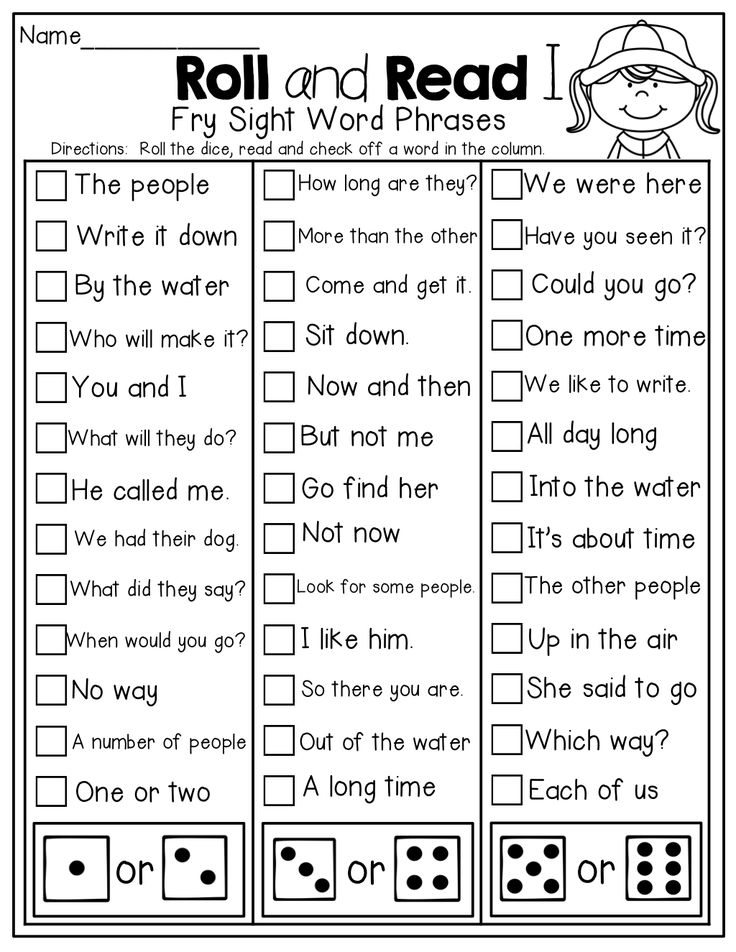 Project Directors are the ones that run the show. And they're often the ones with the concept who are in charge of building the conceptual designs and gameplay with their team of designers.
Project Directors are the ones that run the show. And they're often the ones with the concept who are in charge of building the conceptual designs and gameplay with their team of designers.
The Game Writer usually comes into play quite later in the process, generally speaking.
Video games aren't like movies. They don't start with a screenwriter and a screenplay. They begin with project directors and game designers, as well as a belly of other technical professionals.
And game scripts are nothing like the average screenplay. They are technical documents with hundreds of pages of visual description, flow charts, branching dialogue, cut scenes, etc.
So What Do Game Writers Actually Write?If you're a screenwriter trying to break into the video game industry as a game writer, you need to understand that everything you know about screenwriting format, structure, and characterization is null and void — for the most part.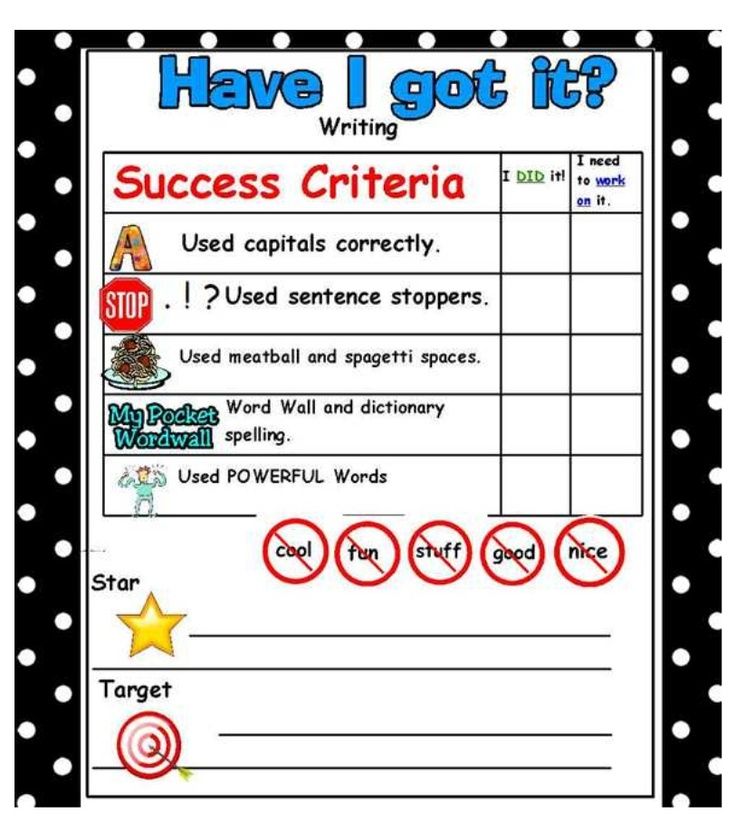 Yes, you will utilize the ideals of story arcs, character arcs, and general story structure, but any game's story is secondary to the actual gameplay of the title being developed.
Yes, you will utilize the ideals of story arcs, character arcs, and general story structure, but any game's story is secondary to the actual gameplay of the title being developed.
Gamers love some story and character depth in their games, but when push comes to shove, they want a game that has terrific interactive gameplay.
So what do game writers write?
Here's a general breakdown:
Flow Charts - Games these days are very complex — the RPGs (role-playing games) especially. The players will have to make many decisions throughout the game. Thus, the game is going to have to develop every possible option that allows the gamer to feel like they are really controlling a character organically within that world. A flow chart reads much like an extreme version of those old Choose Your Own Adventure books. It sounds interesting, but it's highly technical with barebones story and character development — just enough to keep it interesting for the gamer.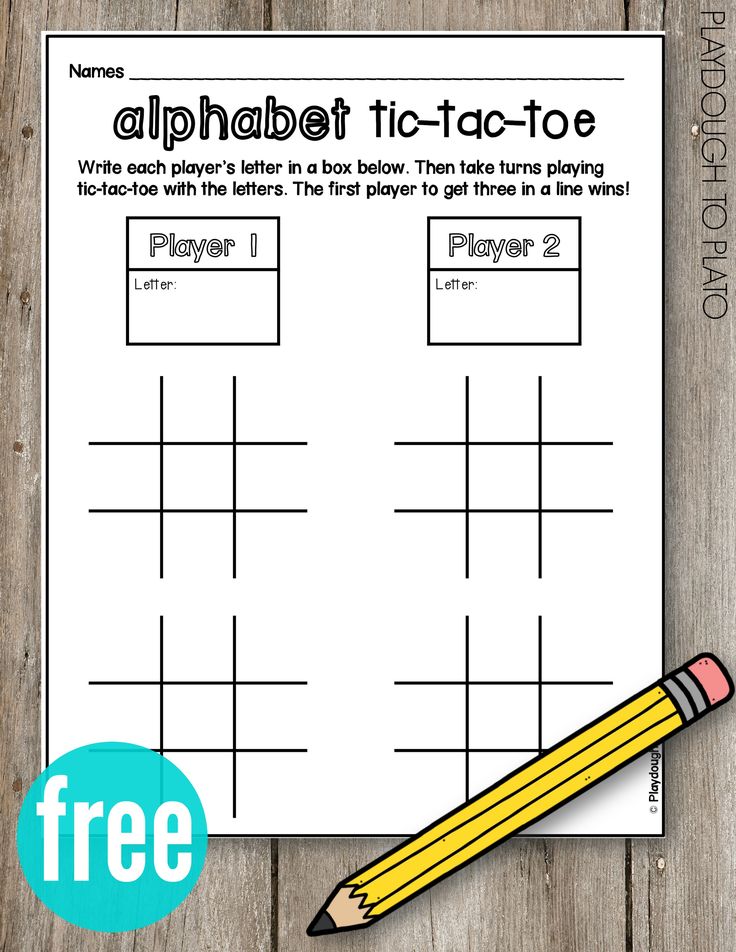
Side Quests - Many games have smaller missions and quests that the characters can embark on. These need to be written as well.
Character descriptions and biographies - Every character has to have a description and breakdown so that game designers can properly develop them together, as far as who these characters are, what they look like, and what they are capable of.
NPC (non-player characters) dialogue scenes - Gamers and the characters they control will interact with non-player characters throughout the flowchart of the game. The dialogue needs to be written for these many moments.
Cut Scenes - Cut scenes are cinematic scenes or sequences that are usually found before, during, and after the gameplay. Within the game, they are used to push the story forward after the gamer has achieved certain goals.
Final Storyboard Script - If there's anything that is similar to a feature film screenplay within the video game development process, it's the storyboard script.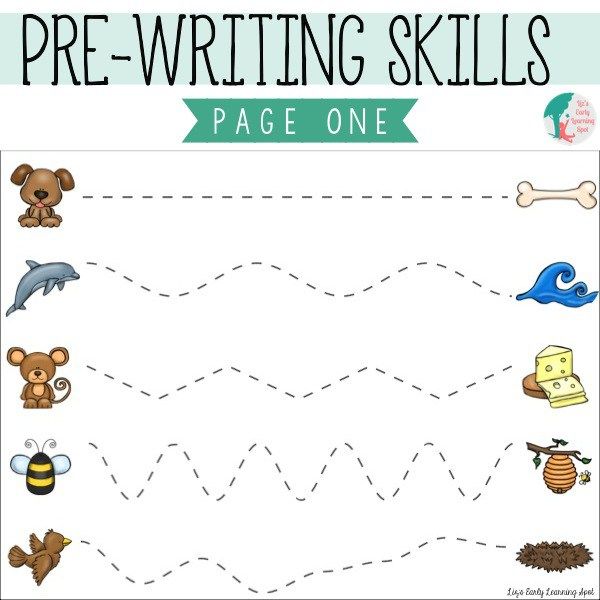 This is written after everything mentioned above has been completed. Consider this to be the master storyboard that documents the gameplay and story elements from beginning to end.
This is written after everything mentioned above has been completed. Consider this to be the master storyboard that documents the gameplay and story elements from beginning to end.
Here's a general example:
Location: A dark cathedral with stained glass windows. An NPC is kneeling before a stone casket in the center of the main room
Music: Background music of an organ playing introduces the scene but subsides
Characters: Main player, NPC named Thomas
Player Goal: Discover the location of the underground lair
Action: Player must initiate discussion with Thomas, upon first contact we activate cut scene (1) where Thomas morphs into a were-creature and summons his were-minions. Main character must battle the were-minions then re-initiate discussion with Thomas.
Flowchart: No decisions made at this point: If battle is completed Thomas reveals the entrance to the underground lair and player advances to that level. If player is defeated in battle revert to death cut scene (11) and move to try again screen.
If player is defeated in battle revert to death cut scene (11) and move to try again screen.
Notes: Player is locked in the cathedral, and there is no exit. The only viable way out is to initiate contact with Thomas. Random were-creatures can be activated if player explores cathedral before talking with NPC.
Now, that seems like a lot of cool work for a game writer to do. Here's the rub. These elements are all primarily developed through a collaborative effort involving the project directors and game designers. The writer is there to flesh out the concepts being developed and perform the actual documentation in the form of everything listed above.
In short, the game writer isn't working as a screenwriter would, as far as creating these characters, worlds, and action. The game designers are working from what they are capable of building through their design with the budget and staff they have. Thus, the game writer can't say, "Hey, what if the players are sucked into a portal and dropped into this alternate dimension where everything is upside down and gravity is reversed, creating this Pandora-like world. .."
.."
Stop right there. The game designers have to create all of those elements. And those elements take time, money, and hours upon hours of design and rendering.
But Screenwriters Do Have a Place in the Video Game Industry, Right?There are undoubtedly many variables. Technically, yes, a screenwriter could be hired to flesh out the work that the game design team does and offer some narrative and dialogue-driven flair.
But much of the time, narrative designers are utilized. Narrative designers are those primarily in charge of designing the gamer experience. Which is essentially a large part of the elements shared above. And they obviously have a technical background in game design, coding, and other equivalents.
So the actual game writer involved is, again, secondary to all of the game design and conceptualization.
Richard Dansky, Central Tom Clancy Writer for Ubisoft Red Storm, says, "A good game writer understands that the game isn’t about them, or their story, or their witty dialog.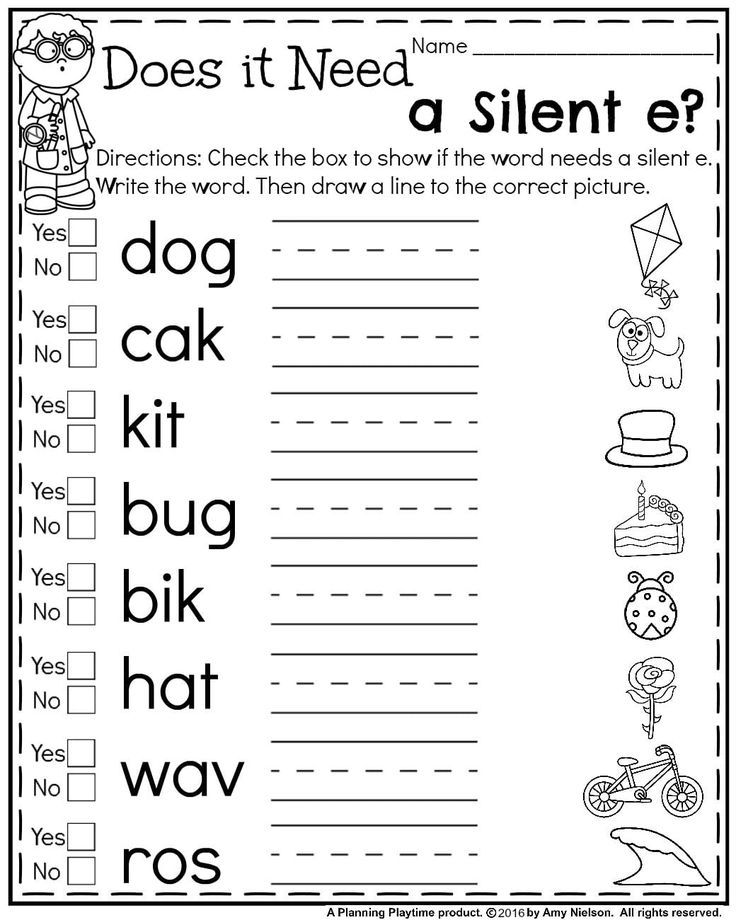 The rest of the team isn’t there to realize their vision, and the player isn’t there to admire their brilliance. The game writer I want to work with wants to collaborate with the team to create the best player experience possible. That means crafting a story that shows off the features that the game is built around."
The rest of the team isn’t there to realize their vision, and the player isn’t there to admire their brilliance. The game writer I want to work with wants to collaborate with the team to create the best player experience possible. That means crafting a story that shows off the features that the game is built around."
He goes on to say, "Game writing really is something different from any other style in terms of what it demands of the writer — it’s the only place where the writer isn’t telling their story, or the protagonist’s story, but rather the player’s story. Yes, the player takes on the role of the protagonist, whether that’s an avatar they create themselves or an established, iconic character like Sam Fisher, but the fact remains that everything that goes into a game is just possibility until the moment the player interacts with it and thus creates their own story of what happened."
Dansky describes what type of game writer he wants to work with.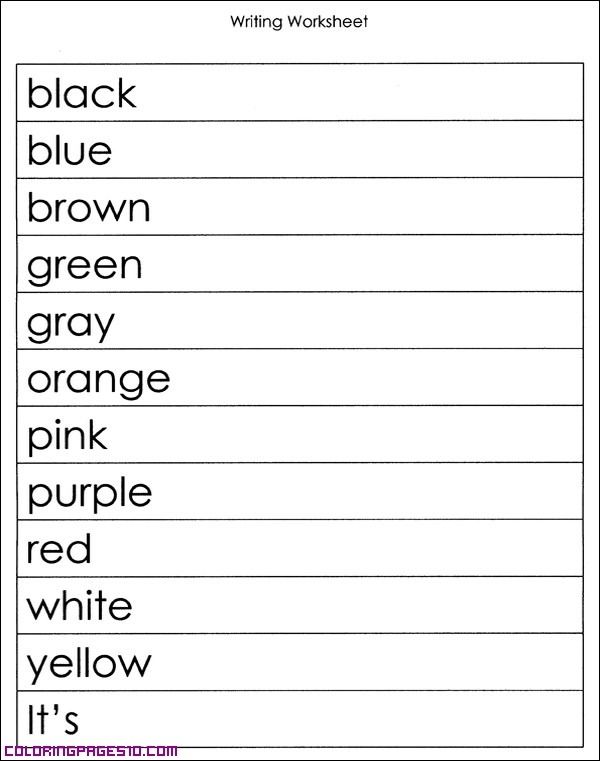 "The writer I want to work with doesn’t want the player to sit back and enjoy what is handed to them. The game writer I want to work with creates things that the player can pick up and integrate into their own experience of the game so that everything that player does feels right and seamless and utterly appropriate to the story they create as they go along.
"The writer I want to work with doesn’t want the player to sit back and enjoy what is handed to them. The game writer I want to work with creates things that the player can pick up and integrate into their own experience of the game so that everything that player does feels right and seamless and utterly appropriate to the story they create as they go along.
David Gaider worked with BioWare as a narrative designer on such games as Baldur's Gate 2, Knights of the Old Republic, Neverwinter Nights, and was lead writer on the Dragon Age series: Dragon Age: Origins, Dragon Age 2, and 2014's Dragon Age: Inquisition. He later moved onto Beamdog Studios as their Creative Director. He wrote about the difficulty in getting the position that everyone wants through his article on Polygon.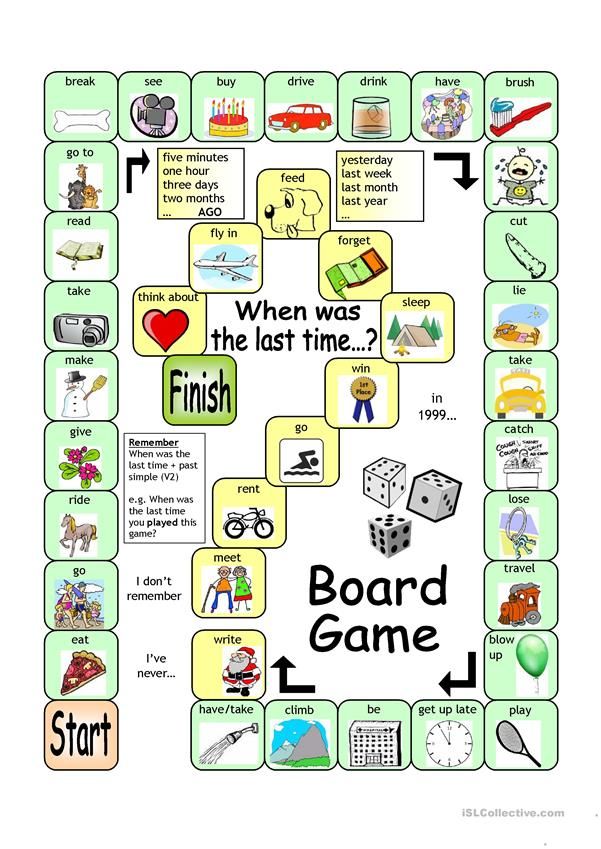
Gaider comments, "I know games which really care about story will have actual writers there in early development. Others will have the writing being done by someone who’s also doing something else on the team, like a programmer, because they just have to. And most of everyone else? Their game doesn’t have much call for story, period, because they’re just not that kind of game."
But there are writing jobs available, right? "The chances of you getting any writing job in the game industry are not good."
He goes on to say, "Writing is a hard skill to show. You could be a genius at narrative design, but proving that you’re a genius? Really hard. More than that, the people who are hiring writers have a really difficult time in figuring out who’s capable. It’s not like a 3D model you can look at and objectively say whether whoever made it has the chops or not — we’re talking about an inexact science, and there are no degrees in, say, Interactive Branching Fiction.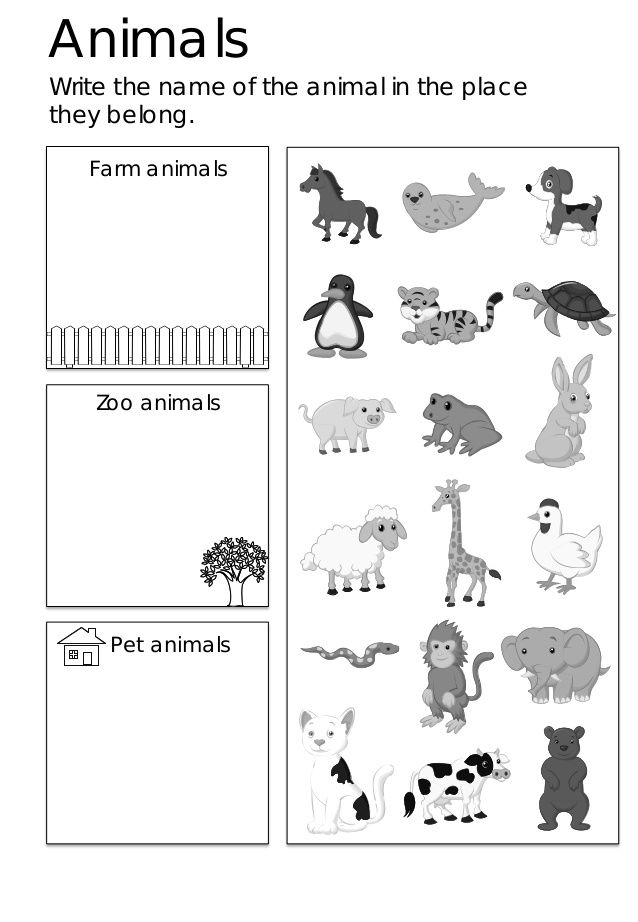 So you make do writing your brilliant submissions and trying to stand out from all the other submissions."
So you make do writing your brilliant submissions and trying to stand out from all the other submissions."
Despite the odds against most screenwriters trying to make the transition from feature and television writing to the gaming industry, Gaider does recommend steps that you can take if you're willing to challenge the odds stacked against you.
"You need to play games. All types of games, not just the ones you enjoy the most. You need to look at different stories and think about what they did narratively, good or bad. If it was good, consider how they managed it. If it was bad, consider why it might have been done that way and what could have been better about it. One of the most common questions we ask in an interview is what a writer thinks about the narrative in games they’ve played — and specifically what they didn’t like and why. Being able to critique is one of the skills you will absolutely need, not to mention showing that you’ve an interest in game stories that goes beyond enjoying a single game that developer made. "
"
He also suggests that you practice.
"Yes, this is a skill you can actually improve and develop. A lot of people think writing is solely a talent, but that’s only part of it. I’ve told people they should try modding, but creating a mod involves a whole lot of other skills which many people just find too daunting to contemplate learning. Joining a mod team is easier said than done, so your best bet is to grab a program like Twine. It’s purely writing-based, it will allow you to wrap your head around the idea of branching and you’ll produce something that you can not only show later but which will also demonstrate you’ve taken the time to learn the simple scripting a program like Twine requires. 'I possess enough technical capability to learn how to use a conversation editor' is fantastic and will make you stand out."
Much like marketing your feature scripts on spec, Gaider recommends that you make submissions to companies. He suggests that you research a company and their games thoroughly — and make sure that your writing sample can be inserted into one of their published games.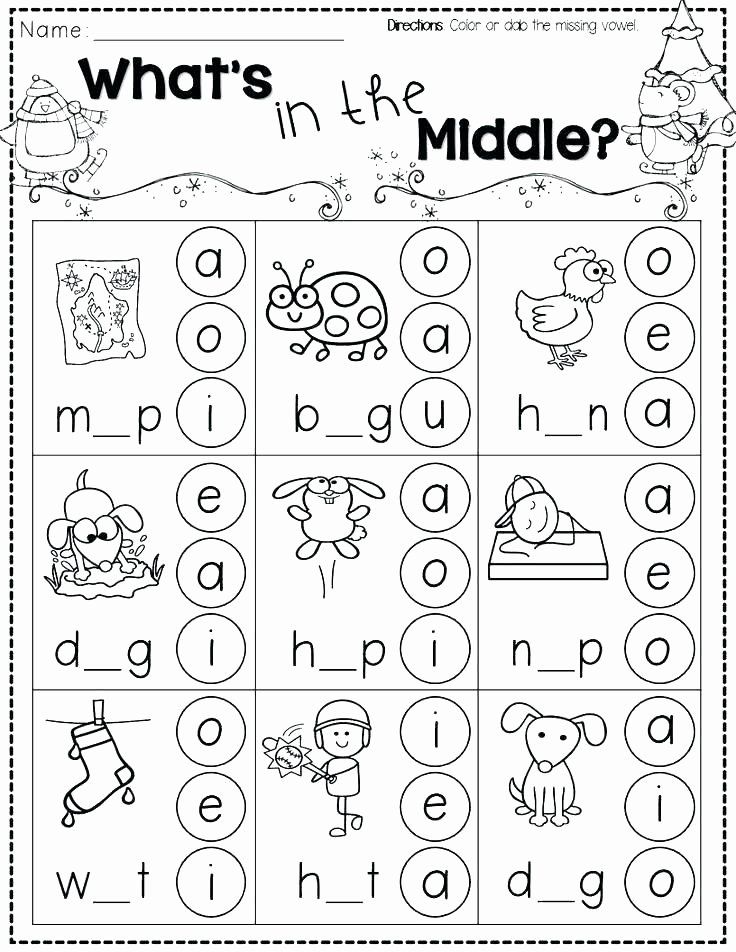 But don't make that submission too long. He states that if someone has to take thirty minutes out of their lives to read it, they're likely not going to.
But don't make that submission too long. He states that if someone has to take thirty minutes out of their lives to read it, they're likely not going to.
With that said, he offers some recommendations. "My personal advice is to make sure you put your best work up front. If you’re writing a single dialogue, have something really clever in the first few lines. If you’re writing several, make sure the first showcases your skills the best. If you’re providing an outline for a quest, make sure the premise is what grabs me or that the first part of the quest is the most interesting. It’d be nice if we lived in a world where I gave your submission all the way until the end to be impressed, but we don’t. I’m impatient and tired, and my attention wanders pretty quickly. I doubt I’m the only one."
You need to remember again that game writers are secondary to the design and gameplay. This isn't about you, your stories, your characters, and your ideas.
"[When you make a submission] don't make it about your ideas — make it about your skill.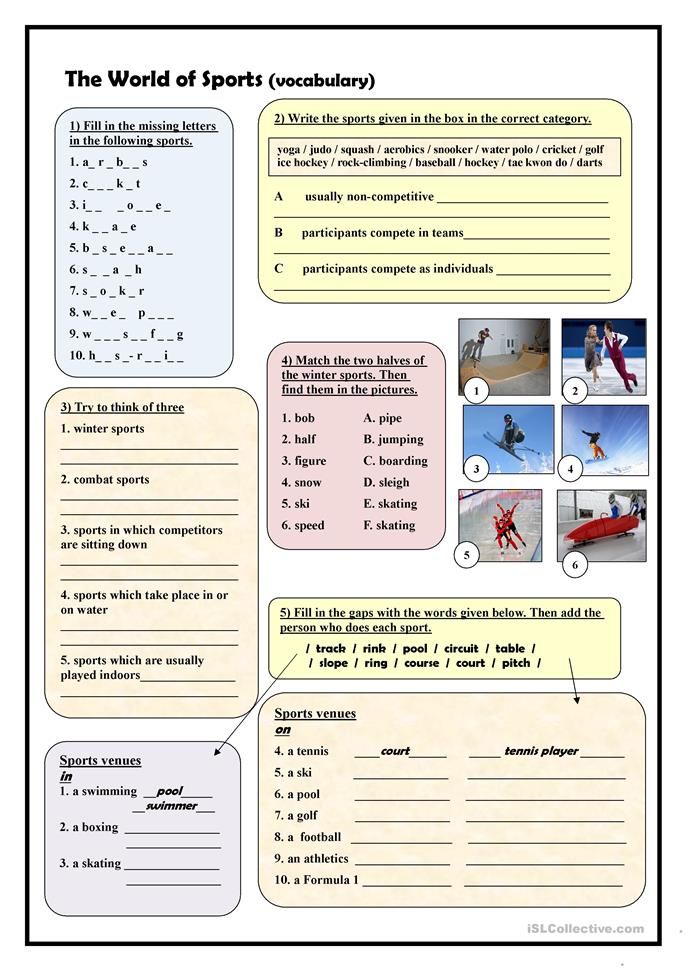 "
"
Video game writing is a unique position and skill. And the point of this post was first to debunk the fantasy that screenwriters often have when it comes to writing for video games — that they can conceptualize their own stories, characters, and concepts and sell them to the video game industry, much like they would try to sell spec scripts to movie studios.
And even beyond the spec myth, it's clear that being a game writer is an entirely different ball game with the full focus on game design and gameplay, rather than story and character narratives.
Yes, video games now have more depth in that respect, but, in the end, they aren't movies or television episodes. They're video games augmented by story and character.
So if you're interested in writing cinematic stories, stick to features. If you have a passion for character arcs and explorations, write for television.
But if you love video games and want to be part of that creative process, understand that it's a much different journey than that of a screenwriter.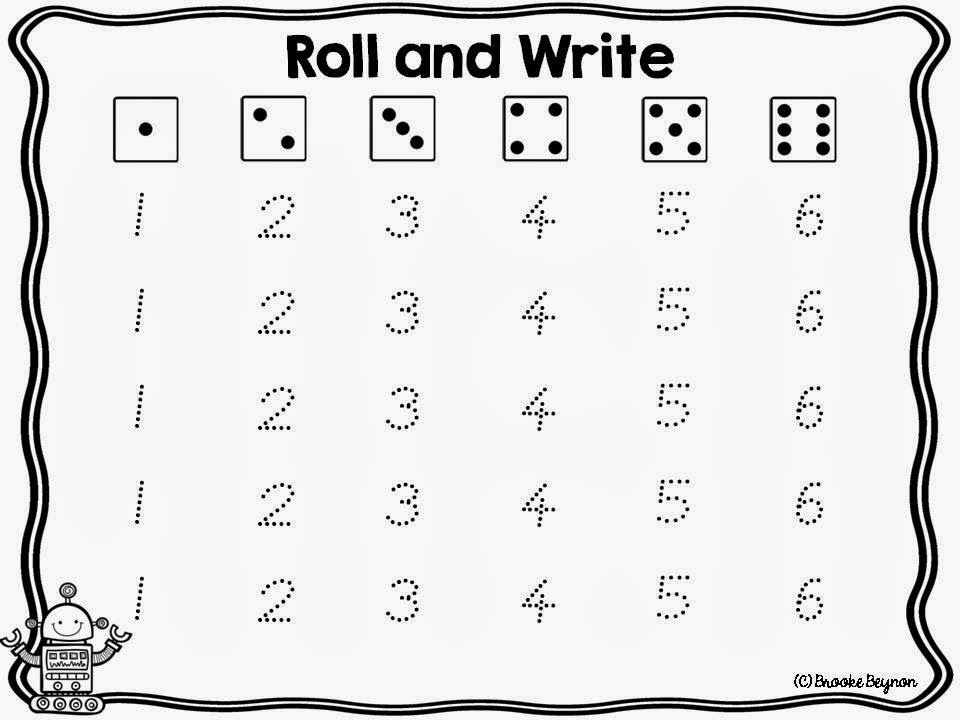 Do your research, find some excellent industry books on the subject (plenty are available HERE on Amazon), explore your networking maps to see if you know of anyone within the video game industry that you can connect with, and consider entering the industry through the different technical doorways of game design.
Do your research, find some excellent industry books on the subject (plenty are available HERE on Amazon), explore your networking maps to see if you know of anyone within the video game industry that you can connect with, and consider entering the industry through the different technical doorways of game design.
Being a game designer is one thing — being a game designer with a talent for writing? That could be your in.
Ken Miyamoto has worked in the film industry for nearly two decades, most notably as a studio liaison for Sony Studios and then as a script reader and story analyst for Sony Pictures.
He has many studio meetings under his belt as a produced screenwriter, meeting with the likes of Sony, Dreamworks, Universal, Disney, Warner Brothers, as well as many production and management companies. He has had a previous development deal with Lionsgate, as well as multiple writing assignments, including the produced miniseries Blackout, starring Anne Heche, Sean Patrick Flanery, Billy Zane, James Brolin, Haylie Duff, Brian Bloom, Eric La Salle, and Bruce Boxleitner.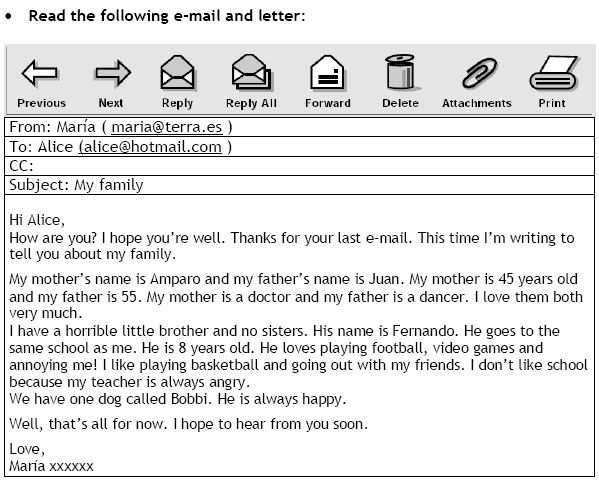 Follow Ken on Twitter @KenMovies
Follow Ken on Twitter @KenMovies
For all the latest ScreenCraft news and updates, follow us on Twitter, Facebook, and Instagram.
A brief guide to writing for video games
A lot of people learn scriptwriting, try things out on Twine, or major in English in the hope to become, one day, a games writer. There is no straight path to games writing and very few courses solely dedicated to this part of the industry.
GamesIndustry.biz UK editor James Batchelor hosted an EGX Rezzed Digital panel discussing the topic. It featured freelance scriptwriter and narrative designer Rhianna Pratchett, known for penning the recent Tomb Raider entries, Inkle co-founder Jon Ingold, who created a brand new language for Heaven's Vault, Mediatonic's senior creative designer Ed Fear, who recently directed Murder by Numbers, and Failbetter Games' writer, narrative designer and editor Olivia Wood.
- How do you get a job as a games writer?
- What are the different writing jobs in the games industry?
- How much creative freedom is there as a games writer?
- What are the advantages of being an in-house writer versus a freelance writer?
- Advice for aspiring game writers
How do you get a job as a games writer?
The panellists all had different paths into the industry, illustrating the many possible options when trying to become a games writer. Rhianna Pratchett and Ed Fear both came from a journalism background.
Rhianna Pratchett and Ed Fear both came from a journalism background.
"I never set out to be a video games writer," Pratchett said. "[I worked] at PC Zone and Larian contacted me because they were looking for a native English speaker to polish up their script for Beyond Divinity.
"I [then] literally went to companies whose games I liked and said: 'Hey, I'm doing this now, do you have any work for me?' I did everything I could to get a little bit of experience, a little bit of credit, and that worked really well."
Fear explained that journalism is a good way to train as a writer, because it forces you to write regularly and consistently.
"I knew I wanted to make games, I knew I also wanted to write, and I ended up getting a job at Develop magazine," he said. "Magazine writing is a good way of [writing at a regular cadence]. I thought it might help me become more productive, and silence my inner critic."
Crime drama Murder by Numbers came out earlier this MarchAfter doing that for a couple of years, he joined publisher Curve Digital as a production technician -- nothing to do with writing then, but a great way to get a foot in the industry and "weasel [his] way into writing," he said.
Starting in a role that doesn't reflect what you actually want to do is a common way into games, with QA and game testing often at the forefront of this. But writing as a hobby can lead to career opportunities as well -- a path that mimics Olivia Wood and Jon Ingold's approach.
"I was in a job as an editor [when] I started writing a game called Lethophobia with a friend I made on Twitter," Wood said. "And it was using Failbetter's StoryNexus system."
“No one would pay me to write for games, so I was forced to set up my own company”Jon Ingold, Inkle
This started a conversation with Failbetter, which then hired her as a freelance editor. From there, she made her way into a writing position. Ingold started his career by making text adventure games in the '00s with what he called a "community of hackers and artists" -- this is also how Sam Barlow and Emily Short started. From there, he was hired at Sony Cambridge as a level designer, where he didn't do any writing work, but met Joe Humfrey, with whom he ended up creating Inkle.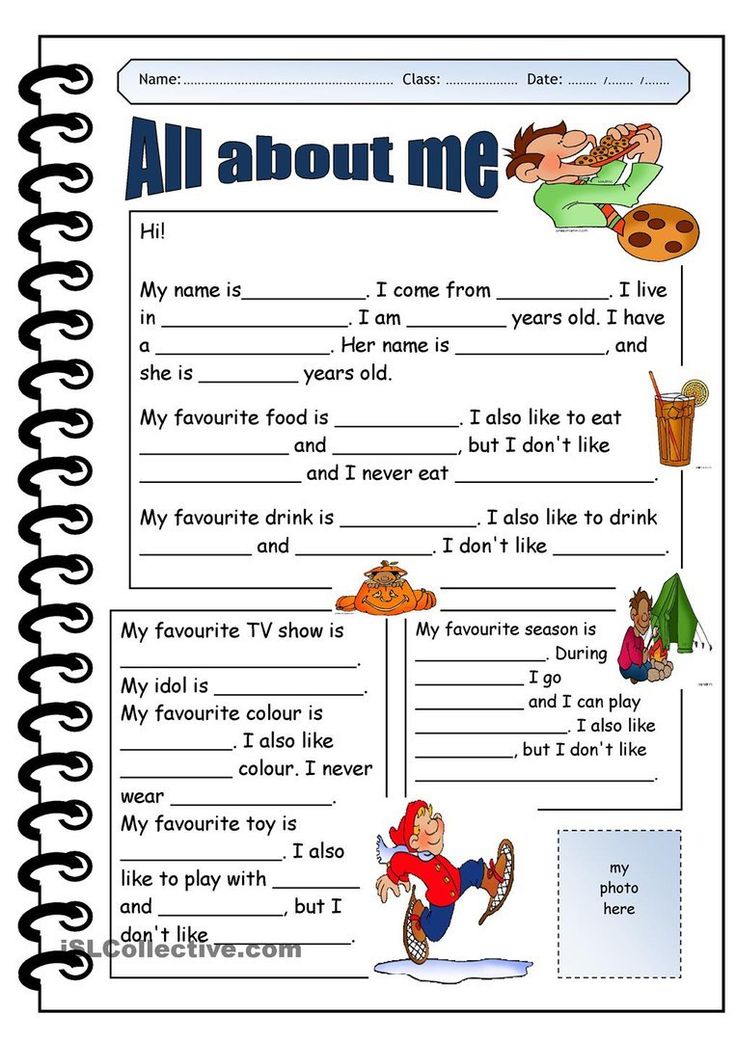
"We set up Inkle together so we could do the kind of games that we actually wanted to do," he added. "Until I set up my own company, no one would pay me to write for games, so I was forced to set up my own company."
What are the different writing jobs in the games industry?
"Games writer" can imply many different things, and it's not the only writing work available in the industry. Narrative designer is also a common position, though its meaning varies vastly from company to company.
"One of the problems is no one knows what a narrative design actually is," Wood said. "At Failbetter you cannot write without being a narrative designer, just because of the way our stories are told. In other companies, the narrative design might be handled entirely separately from the person who sits down and writes. So it's a very weird title, that if you see a job application for, you have to read what they're asking for rather than the title."
Narrative-driven RPG Sunless Skies, developed by Failbetter GamesPratchett added: "If you think about writers as doing the traditional story bits, largely governing script, character, plot, and development, narrative designers are more concerned with the ways in which the story is told, the way the story is communicated to the player.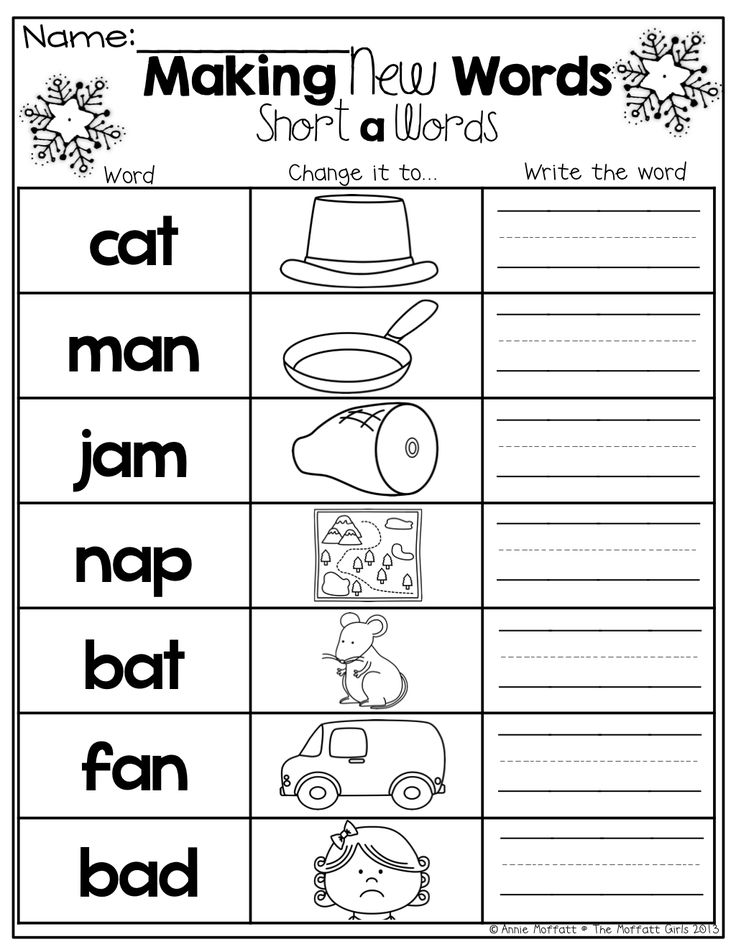 So they have one foot in the camp of writing and one foot in the camp of design. That's how it broadly falls."
So they have one foot in the camp of writing and one foot in the camp of design. That's how it broadly falls."
Then there's specialties within these positions -- not all writers just sit down and write the main story of the game.
"Level dialogue [is] the moment to moment narrative that you might have, for example Lara [Croft] talking to herself during a level," Pratchett said. "Bark is the short lines of dialogue that come from usually AI, sometimes party members, and they're just really telling you about what's going on in the world around you, maybe what's going on in a fight."
Ingold warned panel viewers that being a games writer involves less writing than you imagine -- don't go into the job thinking that your words will be the star of the show.
"It's really rare to be allowed to do any words, and not just be squeezing things into boxes"Jon Ingold, Inkle
"There isn't really that much writing actually going on, because everything is so distributed and integrated with everything else," he said. "If you work on a big game, somebody really very important gets to design the major story beats and what the characters are about, because all of that is so tied up with what the game fundamentally is.
"If you work on a big game, somebody really very important gets to design the major story beats and what the characters are about, because all of that is so tied up with what the game fundamentally is.
"And then right down at the bottom are people filling in the lore book entries -- quite remote contractors who don't necessarily get very much input into the game at all.
"In the middle, there's this huge spectrum ranging from people who write cutscenes to people who integrate the bark with the level. Writing and storytelling pop in all over the place and in all different aspects, and everyone gets a handle on it somewhere. Even the programmers designing the interface for the level designers have an impact on how that story is told -- they wouldn't think of themselves as writers, but ultimately they're fundamentally how the narrative comes out.
"It's actually really rare and very precious to be allowed to be able to do any words at all, and not just be squeezing things into boxes that are a funny shape.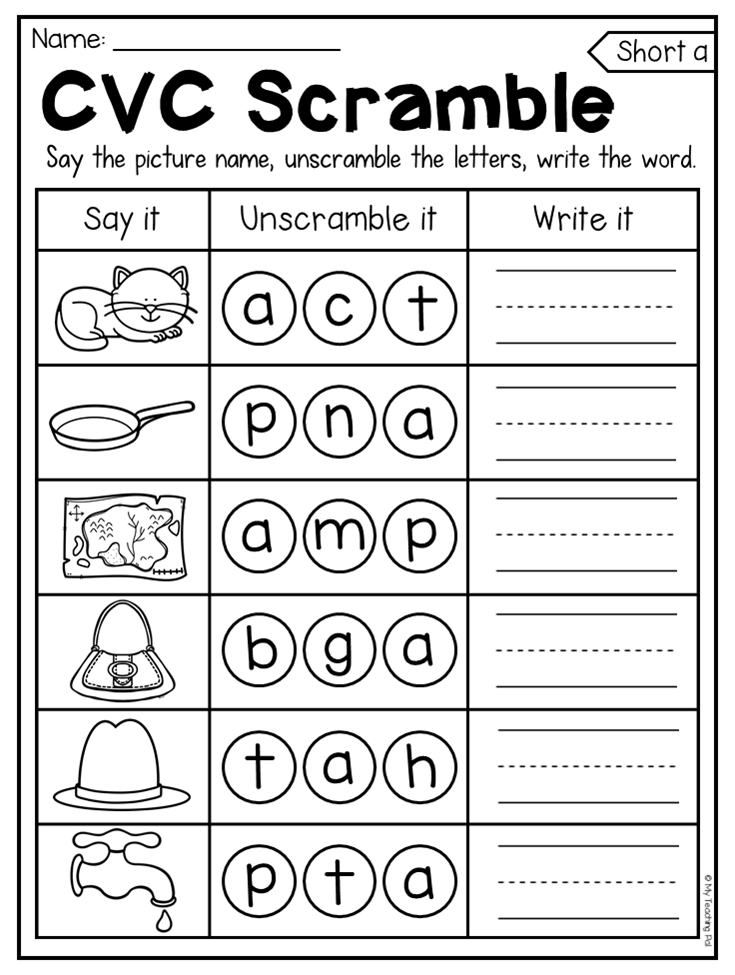 "
"
How much creative freedom is there as a games writer?
If you're lucky enough to actually write words as your job, that doesn't mean you will be writing the words you want either. Your creative freedom will, once again, vary vastly depending on the job.
"The game designer makes spaces, and then the writers come in and fill in those spaces," Ingold said. "Sometimes those spaces are very straightforward, and sometimes they're very complicated, but it totally depends on the size of the company and the complexity of the thing that you're working on."
Heaven's Vault revolved around the player deciphering a language crafted from scratch by InkleWood added: "At an indie [developer] you're probably going to have a lot more input, but you'll also be doing a lot more jobs. While Chris [Gardiner, head writer at Failbetter] does the whole overview of where Sunless Skies [is] going, you discuss the plot you're writing and then go away and write it. Within that plot, you'd have immense freedom, as long as you aren't doing anything that conflicts with the lore or the style.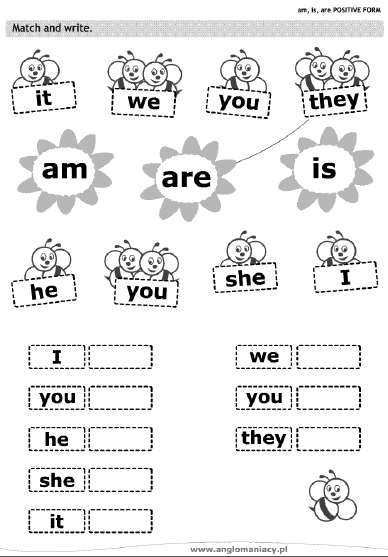 So there are pockets of complete freedom. I don't think you'd get that at a larger company, unless you're very senior."
So there are pockets of complete freedom. I don't think you'd get that at a larger company, unless you're very senior."
In AAA, having your say in the story is not as simple as it is in indie development, especially for established franchises. But you may be able to impact the lore in other ways than via the main plot.
"There's no way you're going to give Lara Croft a sibling who gets to run around in the game, unless you own the whole franchise," Ingold said. "But maybe you can have Lara write a letter in which you casually mention that she has a sibling and then hide [it] on a shelf somewhere -- you might even get away with that. It's all political: the fewer people between you and getting your story idea out, the more likely you are to have control over it."
"Writers live around the edges. You get to sneak in little bits of you through the secondary narrative"Rhianna Pratchett
Pratchett worked on the bark system for Bioshock Infinite, and explained that secondary narratives are usually a good way for the writer to show their personality.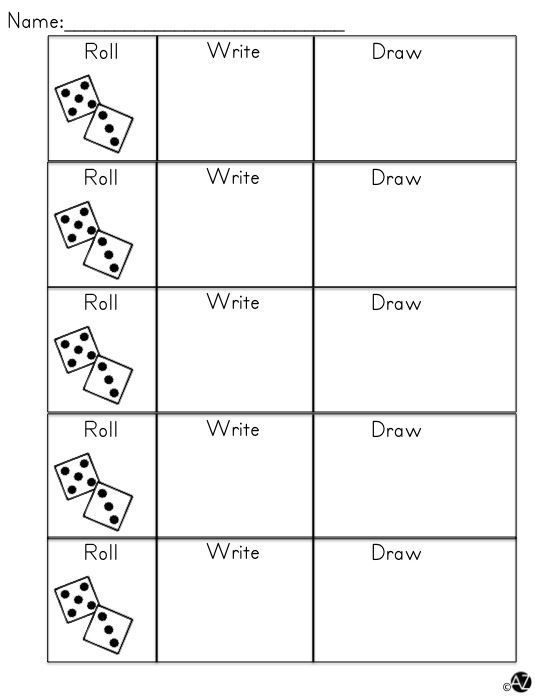
"I didn't have anything to do with the main storyline," she explained. "I had my own little space and I was doing my own thing. It may seem like they're not the sexy part of the game, not like the shiny cinematics, [but] it can be a lot of fun and you can get a lot of jobs supporting other writers doing that kind of thing.
"In games, writers live around the edges. So you get to sneak in little bits that feel more you through the secondary narrative. I did a little bit with Rise the Tomb Raider [too]. I put a story about my dad's experiences on the night I was born. I sort of rolled that into Lara's dad and that was quite a nice thing to do."
What are the advantages of being an in-house writer versus a freelance writer?
Like a lot of jobs in the industry, games writing can be done in-house at a studio or as a remote freelancer. Both have advantages and downsides, and one may be better for you depending on what kind of person you are and how you like to work.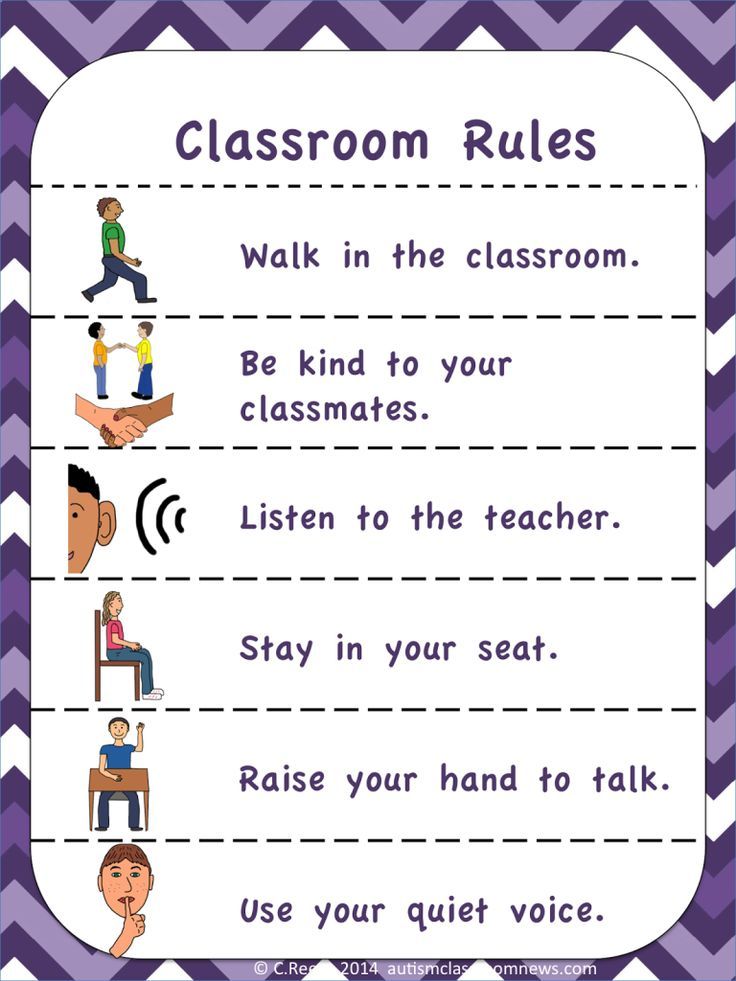
"I found that I like working in a team, very full-on, but the problem with that is that it becomes all encompassing," Fear said. "When I work on a project [in a team], I'm working on that project and only that project for two years. And it becomes kind of my everything and that can take a toll on you a little bit.
Rise of the Tomb Raider was praised for its writing"In the periods where I have done freelance, I've enjoyed being able to work on multiple things at the same time. They can act as a refresher, if you're doing a different role or if the game is a different genre. [But] I felt a little bit less attachment to them, because there was a slight distance. So it's very much a double-edged sword."
Wood currently does both in-house writing at Failbetter, and freelance jobs on the side.
"Unless you're incredibly disciplined, freelance on its own could be very hard"Olivia Wood, Failbetter
"While I love the security of Failbetter, freelance keeps me sane because I get to work on more than one thing," she said.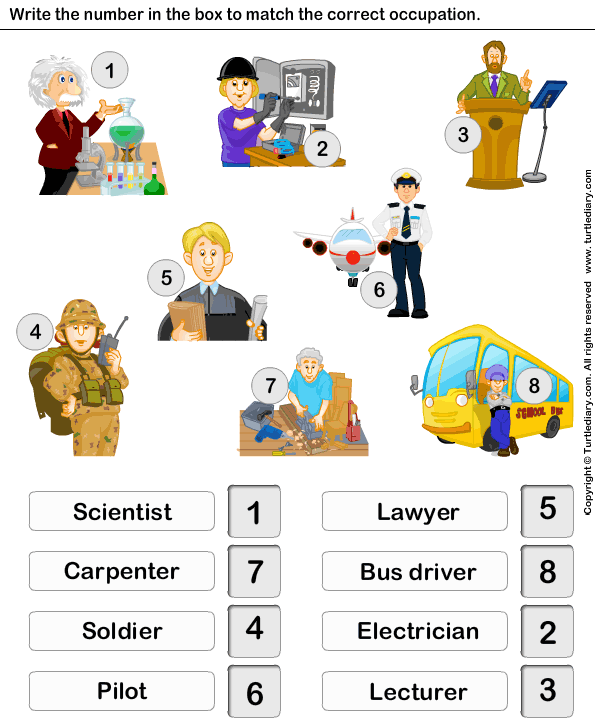 "But there is a risk that you can become quite lonely when you freelance [full-time]. I should also flag that being permanent is really, really relaxing because you get sick pay and you get holidays, which you don't as a freelancer.
"But there is a risk that you can become quite lonely when you freelance [full-time]. I should also flag that being permanent is really, really relaxing because you get sick pay and you get holidays, which you don't as a freelancer.
"When I was purely a freelancer I went a little bit mad because I would just work for months on end, even on weekends. So unless you're incredibly disciplined, freelance on its own could be very hard."
Advice for aspiring game writers
Downloading Twine, or Inkle's own scriptwriting system Ink, can be a good place to start for aspiring games writers. Getting a narrative degree or doing a writing course is not mandatory, as it ultimately doesn't say whether or not you're a good writer. Wood said she prefers seeing short finished games attached to applications rather than what school you've been to.
"Finished, because finishing is the hardest thing you can ever do, and short because if I'm looking at things at my lunch and I can see whether someone is interesting in five to ten minutes, I'm happy to commit," she explained.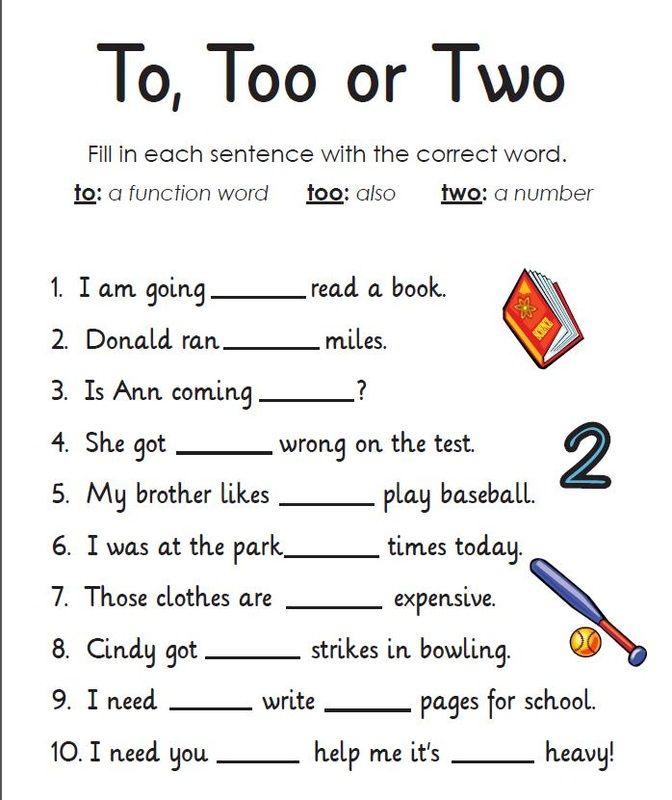 "If it's eight hours, I'm gonna play a different game. I don't have time. And it also shows you can do a build up and a good ending in a short piece."
"If it's eight hours, I'm gonna play a different game. I don't have time. And it also shows you can do a build up and a good ending in a short piece."
Don't forget to post your projects online, on Itch.io for instance, or just publicise them using platforms like Twitter. Entering competitions like IFComp, dedicated to "text-driven digital games", is also a good idea. Pratchett added that you need to be constantly improving your skills as a writer.
"Whether that's doing courses or just your own experimental writing, find a peer group to give feedback, just keep writing and honing your skills as a writer," she said. "[Then it's about] networking. Obviously it's not a great time for networking at the moment, but in a normal world, [attend] conferences like GDC, Reboot, Nordic Game. They usually have some kind of narrative component to them, and show floors where you can actually meet developers face-to-face and see the game they're working on.
"And [then it's also about] just playing a lot of games and broadening out [your scope].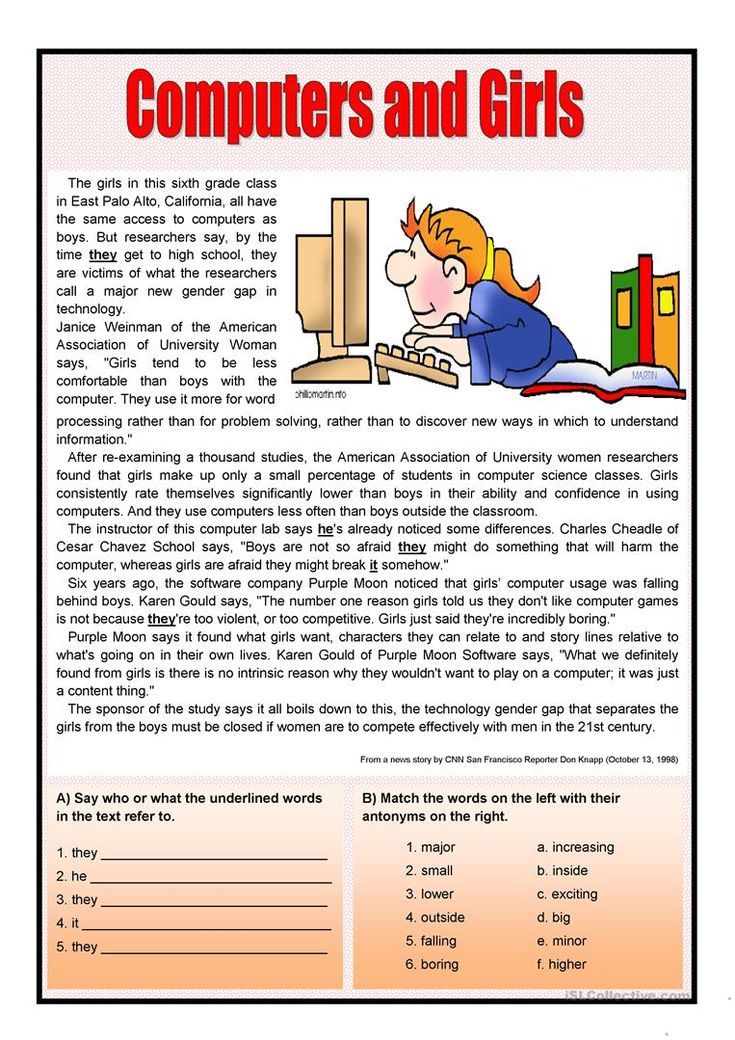 Read books, go to the theater, listen to the radio, watch TV, watch movies -- don't just make games your source of understanding of the narrative world. You need to broaden your narrative scope to all kinds of storytelling, because they all have their own unique skills, and they can all be borrowed and adapted for games. You just need to be interested in the world as a writer, you need to be open-minded, you need to be a sponge for stories and for people."
Read books, go to the theater, listen to the radio, watch TV, watch movies -- don't just make games your source of understanding of the narrative world. You need to broaden your narrative scope to all kinds of storytelling, because they all have their own unique skills, and they can all be borrowed and adapted for games. You just need to be interested in the world as a writer, you need to be open-minded, you need to be a sponge for stories and for people."
You can rewatch this panel about becoming a games writer below. To catch up with everything GamesIndustry.biz did at EGX Rezzed Digital, head over to the event's website.
How to start writing games / Habr
Original: Starting out on Game Programming
The path to the game development industry is not close. This article is intended to help you understand where to start this journey.
You have just completed your first C++ course and want to start making games.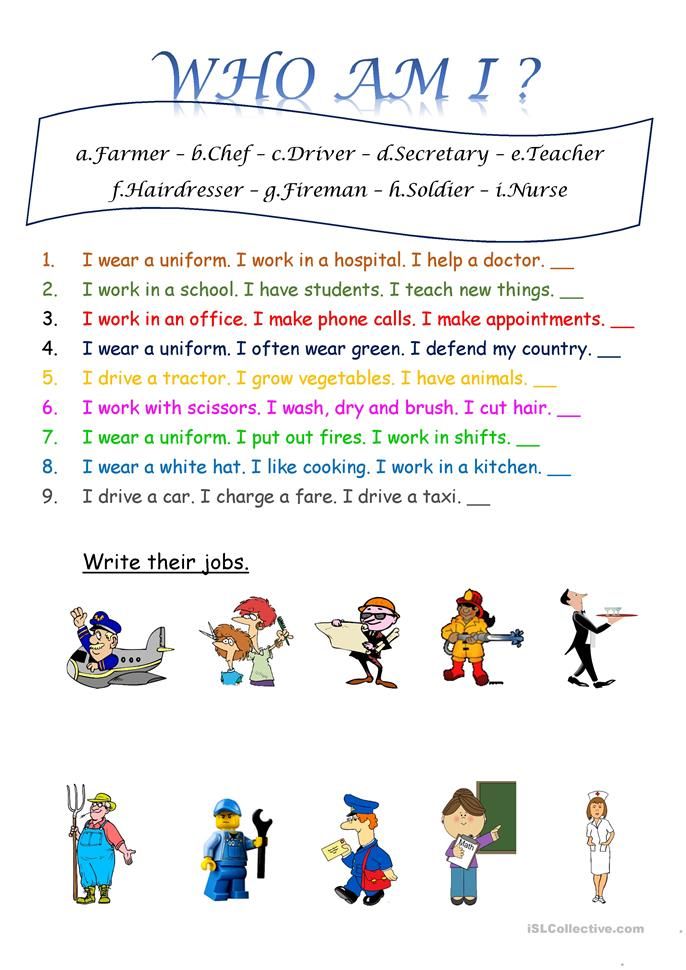 Someone pointed you to this site and you may have experimented a bit with the guide. You've gone through a few concise examples but haven't found a guide on how to make an entire game. And there is a reason for that.
Someone pointed you to this site and you may have experimented a bit with the guide. You've gone through a few concise examples but haven't found a guide on how to make an entire game. And there is a reason for that.
Tutorials are good for learning something step by step, like how to move a point image around the screen. In order to put the game together, you need problem-solving skills that come with experience. It's not something you can learn from manuals. The best way to learn how to make games is to start making them.
Project selection
So where do you start? It is easier to answer where not to start, namely with large projects, such as a full-fledged 3D FPS, MMO, or even a long platformer of the 16-bit era. The most common mistake new developers make is to start with a big project based on a Cool Idea, or take a project that seems simple and end up with a half-finished bunch of spaghetti code. Start with small projects first.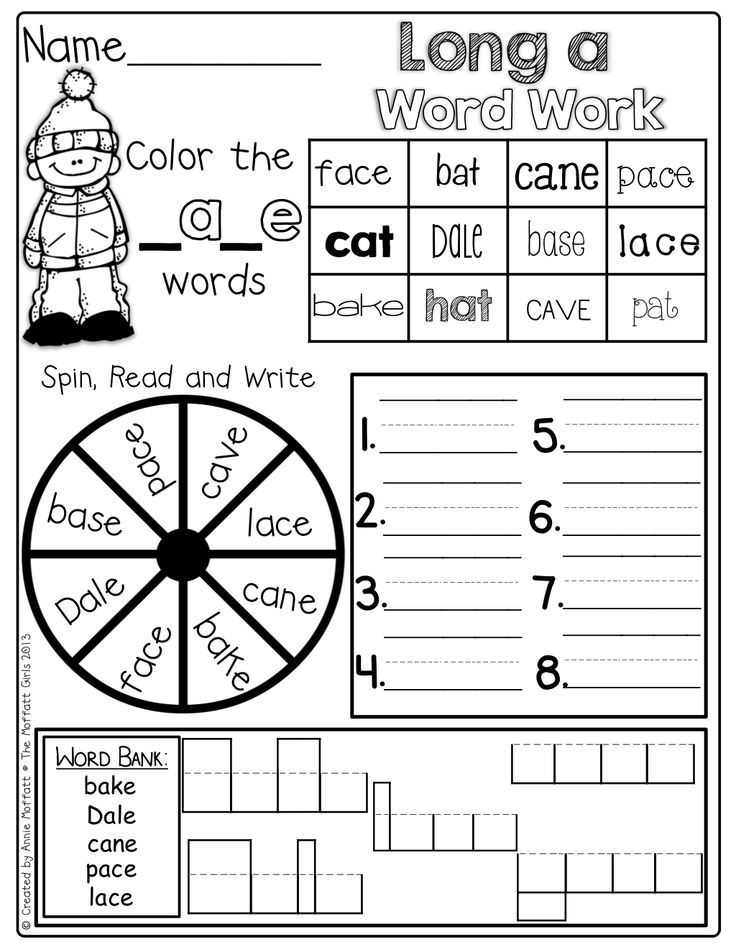
In early projects, your main focus is learning, not implementing Cool Ideas. By keeping the project small, you can focus on learning new techniques instead of spending a lot of time on code management and refactoring. While your Big Idea may be awesome, the reality of the development industry is that the bigger the project, the more likely it is to make an architectural mistake. And the larger the project, the more expensive this mistake is. Remember the story of Daedalus and his son Icarus? Daedalus created wings from wax and feathers for his son. He warned Icarus not to fly them too close to the sun. But Icarus ignored the warning and the wings melted, and that's when gravity caught up with him.
So remember: don't fly too close to the sun with your new programming wings.
With all that said, here are a couple of tips to get you started.
Graphics and event handling
If you've never programmed anything graphics or GUI related, you should start with something small to get your feet wet.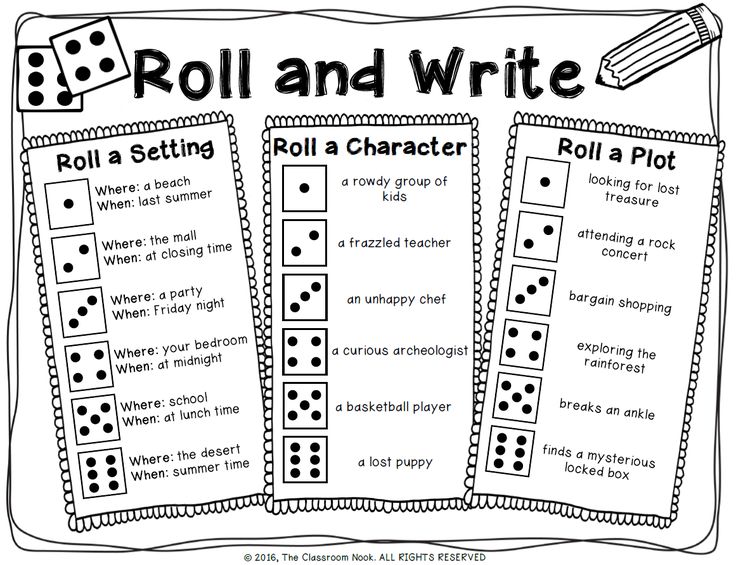 My first project was tic-tac-toe, so even I had humble beginnings. A couple of ideas for the first project:
My first project was tic-tac-toe, so even I had humble beginnings. A couple of ideas for the first project:
- One Armed Bandit Simulator
- Black Jack
- Tic-tac-toe
- Four in a row
The goal of your first project is to move from console development to development of event-driven graphical applications. It will also teach you the fundamentals of game logic and architecture. I recommend something turn-based because motion games are a whole other beast.
Try to keep the project simple so that you can complete it and not lose interest halfway through and never finish the game. It's important to finish a game because you don't learn how to develop if you have a few unfinished games on your hard drive.
There is one point that I want to point out to those who will be doing tic-tac-toe or four in a row. Don't worry too much about artificial intelligence right now. Making the game only for two players, or playing with a computer that makes random moves is enough to get you started.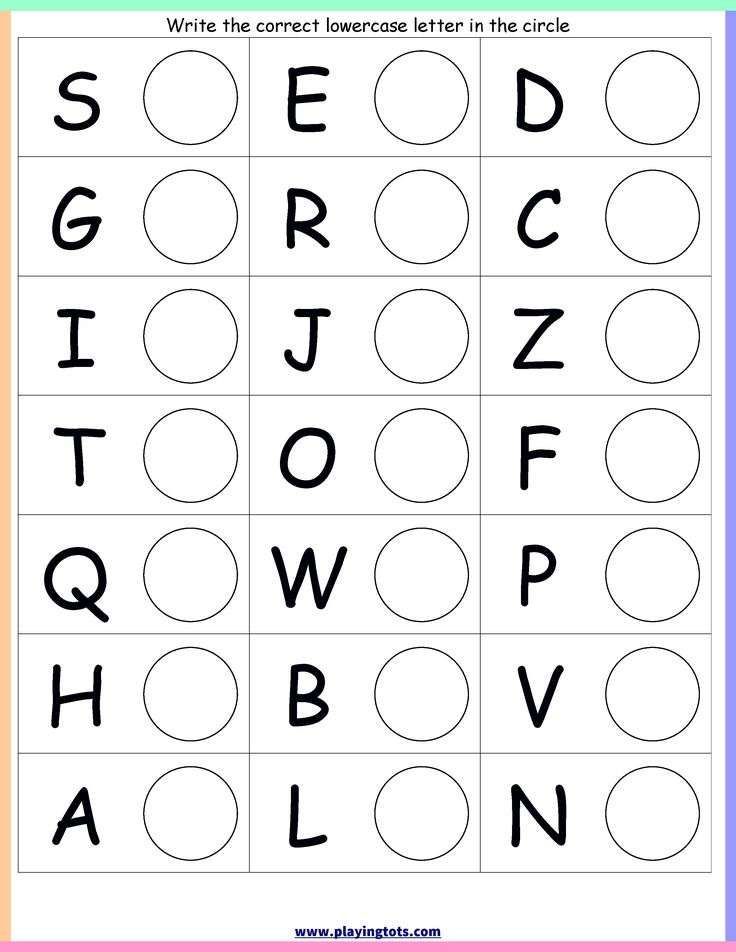
If you've dealt with graphics and event handling before and feel comfortable in that area, you can go straight to the next step.
Synchronization, motion, collision, animation
Now that you've played around with the graphics, it's time to do something in real time. Here are a couple of suggestions:
- Duck Hunt
- Pong
- Space Invaders
- Galaga
- Tetris
Here you will learn about motion, timing, animation, collision detection, game loop, scoring, win/loss calculations and other important basic concepts used in every game.
Duck Hunt and Pong are good projects for those who already have experience in graphics and events programming. They have simple collision detection and all the essential basics of real-time gaming.
Space Invaders and Galaga are good choices for a second/third project.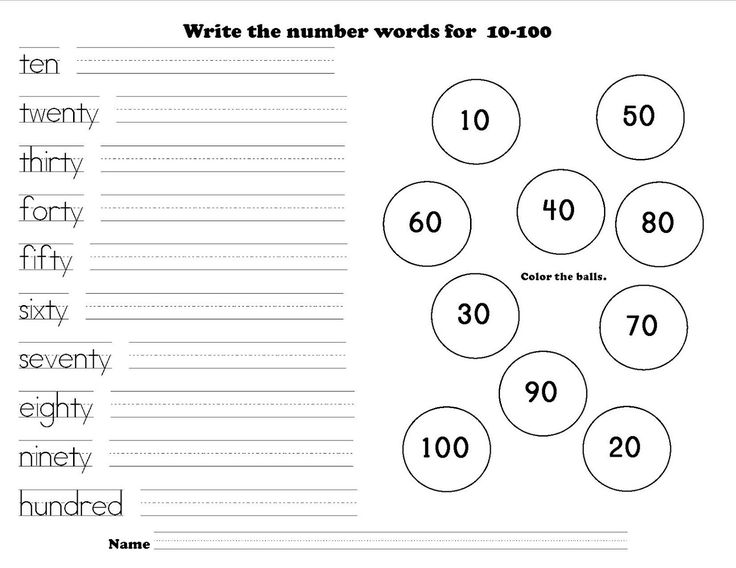 They have levels, so you will need to learn how to move from level to level using a state machine. You can read about state machines here. Shoot 'em up games also require you to create simple behaviors for your enemies, which is a step towards artificial intelligence.
They have levels, so you will need to learn how to move from level to level using a state machine. You can read about state machines here. Shoot 'em up games also require you to create simple behaviors for your enemies, which is a step towards artificial intelligence.
Tetris is good for the second/third project. It has very little logic needed to create a puzzle game. It's a decently sized game, so you'll have to learn how to split your program into multiple source files, which you can read more about here. Don't underestimate Tetris. I underestimated and just look at this terrible mess in the Lazy Blocks code.
Reengineering
A typical rookie mistake is trying to make the Greatest Game of All Time, ending up in over-engineering. That is, when he tries to write the best game / engine and it all ends up using only a small part of what was written.
When I was a beginner I reengineered the AI for tic-tac-toe. I wanted to make a game with invincible AI. I managed to achieve this by programming the computer to know all possible traps. Sounds cool doesn't it? It took almost 40,000 lines of mostly copied code and a month of my free time.
I wanted to make a game with invincible AI. I managed to achieve this by programming the computer to know all possible traps. Sounds cool doesn't it? It took almost 40,000 lines of mostly copied code and a month of my free time.
Later, I learned data structures and learned about the Minimax algorithm, which, with a smaller code size, not only did the right thing, but also did it better.
So learn from my mistakes and don't be too ambitious. Focus on learning how to make games instead of just making them.
Planning, collision analysis, physics, levels, artificial intelligence
Now that you have two or three small games under your belt, it's time to make your first big project.
So far, you've probably been programming as you go. It will end at this point. In the real world, most development processes are completed before the first line of code is written. Nothing can be worse than realizing that in order to add what you want to your game, you have to throw out all the code you wrote, because you didn’t plan everything in advance.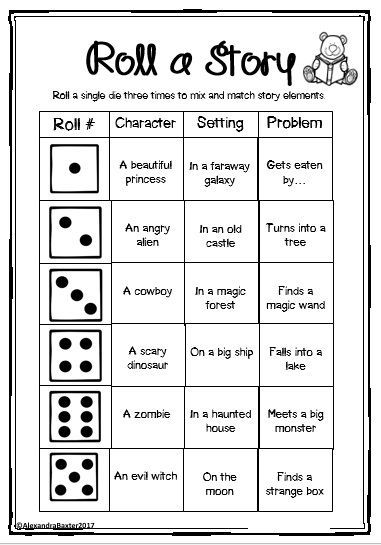 Now that you have some experience in making games, you know what the development process is all about. Now you can plan games before you start making them.
Now that you have some experience in making games, you know what the development process is all about. Now you can plan games before you start making them.
Now about your next game. Break Out and Puzzle Bobble are good for a third project because they include advanced collision detection and physics. Physics is important because it gives the game a realistic feel. Even Super Mario Brothers has a sense of gravity and momentum. Billiards is an excellent project for those who want to strain their brains with physics.
In games like billiards, you not only need to detect collisions, but also process them in a specific order. Collision handling is very different from collision detection. While creating a pool table or a 2D platformer may seem like a simple matter, analyzing collisions in the right order is a tricky process and shouldn't be underestimated.
Break out and Puzzle Bobble also include level design and require their resources to be loaded and freed. It would be a good experience to create a level editor for the game.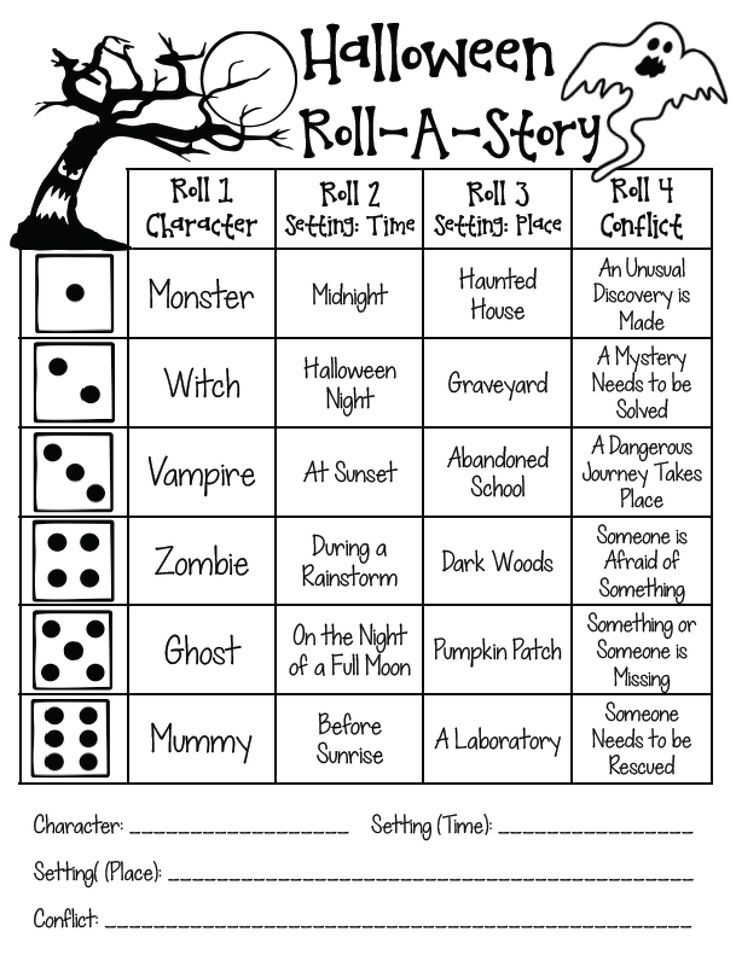 Editors allow you to easily create levels without having to solder them into the application. I have an article about creating a level editor.
Editors allow you to easily create levels without having to solder them into the application. I have an article about creating a level editor.
You might also want to practice writing artificial intelligence (AI). One option is to go back to tic-tac-toe or four in a row and write an invincible AI. By now you should already know data structures and will be able to use your knowledge of trees to use the Minimax algorithm. With this algorithm, you can calculate all possible outcomes of tic-tac-toe and create an invincible AI. It's fun to upset your friends with it. You may also want to make different levels of difficulty. A game isn't fun if it can't be won.
Pac Man is a great way to practice writing AI. You will need to know tree/graph structures and search algorithms like A* in order for the ghosts to get through the maze. You will also need to make the ghosts work in a team. All this will come in handy when you make games with complex AI, such as real-time strategy games.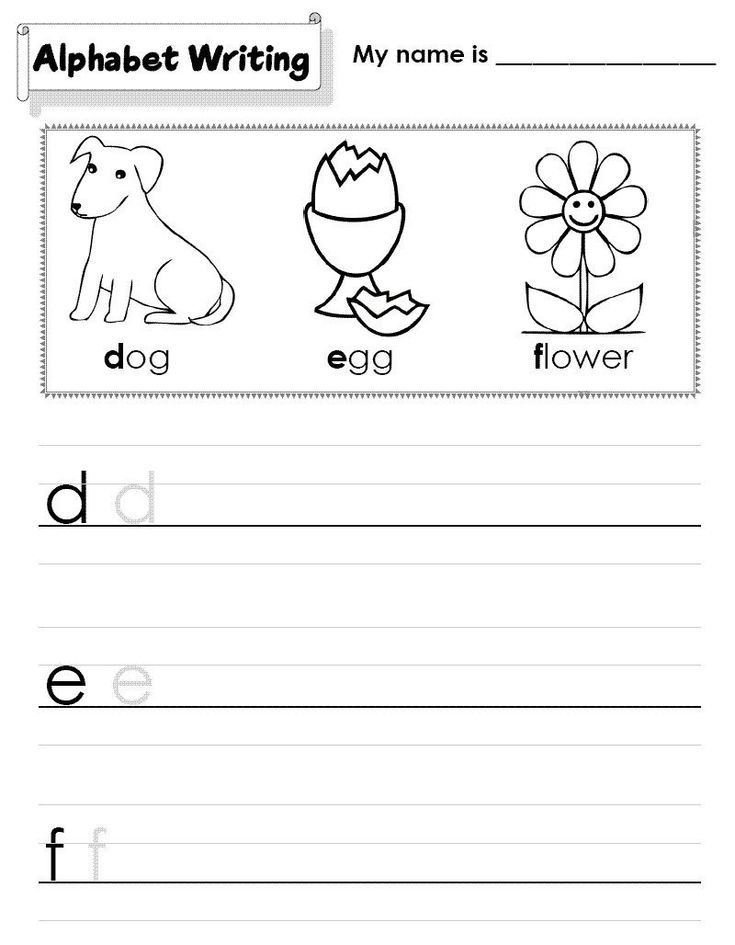 You can read about the basics of AI here.
You can read about the basics of AI here.
Platformers, Action/Adventure, RPG, RTS, Engines
Now that you've had experience creating a well-planned game, you're ready to create an Action/Adventure/Platformer. It will be the culmination of graphics, motion, animation, collision analysis/detection, physics, AI, software architecture, and everything else you've learned up to this point. Those who are more ambitious can be offered to make a real-time strategy (RTS) or role-playing game (RPG). Be careful because RPG and RTS are really huge projects.
RPGs have a complex architecture and require a lot of planning. You will need to plan every weapon, armor, trinket, attack, item, spell, summon, enemy, map, boss, dungeon, etc. down to the smallest detail. It all has to work smoothly, and, to put it mildly, this is not an easy task. So if your design project looks like a script or a comic, you need to do 9 more0141 many works.
RTS are also architecturally complex and require a lot of AI.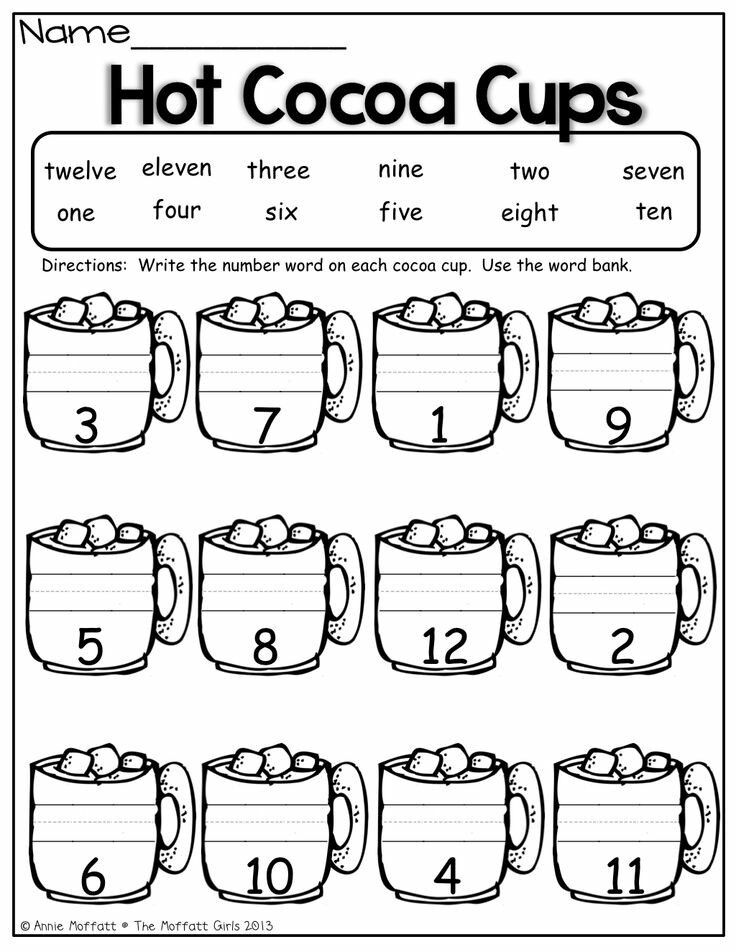 You will need to do pathfinding for units, receiving commands, different behavior depending on the received commands. If you've never done AI before, it's best to start with a Pac Man clone to start with.
You will need to do pathfinding for units, receiving commands, different behavior depending on the received commands. If you've never done AI before, it's best to start with a Pac Man clone to start with.
This is probably the first time you'll have to build an engine for your game. What should be avoided is creating a generic engine. When creating an engine, do not try to make it suitable for any game. If your game requires x, y, and z, make an engine that can x, y, and z. Engines are created based on what is needed for a particular game, and not on the basis of what any game could potentially need.
Another common mistake among beginners is trying to create an engine as a first project. And usually it is a universal engine. You don't need a fancy graphics engine to make Pong or Space Invaders. When programming, it's easy to dig into the details. Focus on the big picture and complete your games.
Network
Everyone seems to want to make the next big MMO.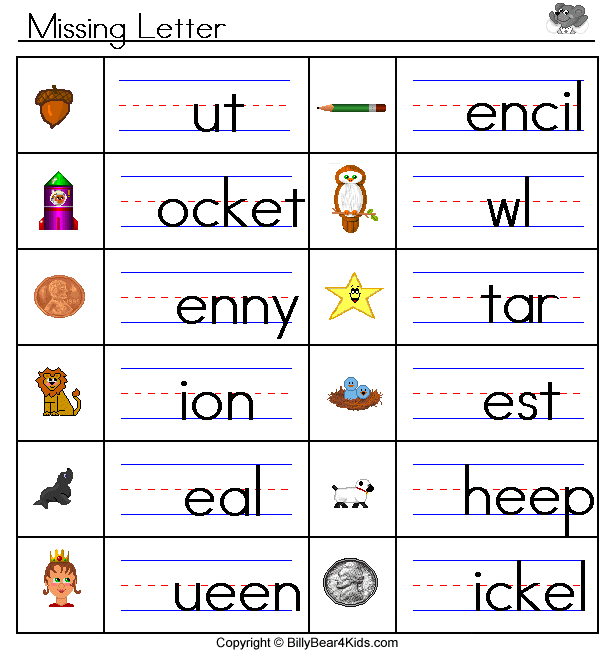 Making online games is not something you can quickly grasp. I figured this out when I tried to do online poker right after finishing tic-tac-toe.
Making online games is not something you can quickly grasp. I figured this out when I tried to do online poker right after finishing tic-tac-toe.
Adding a network makes the game much more difficult. When one player does something, you must send information about it to everyone else. It's like your right hand doesn't know what your left hand is doing. You will also have to choose between server load and what it can control. The more the backend does, the less chance the client has to cheat, but it also means more load on the server. For action and other high paced games, you'll have to worry about network latency and packet loss.
You should complete at least one well-planned game before attempting a multiplayer game. As your first networking project, try doing something that is not speed critical. For example, a simple chat server/client would be good practice. You can also return to tic-tac-toe / four in a row and add the ability to play online to them. Alternatively, try making an online card or board game.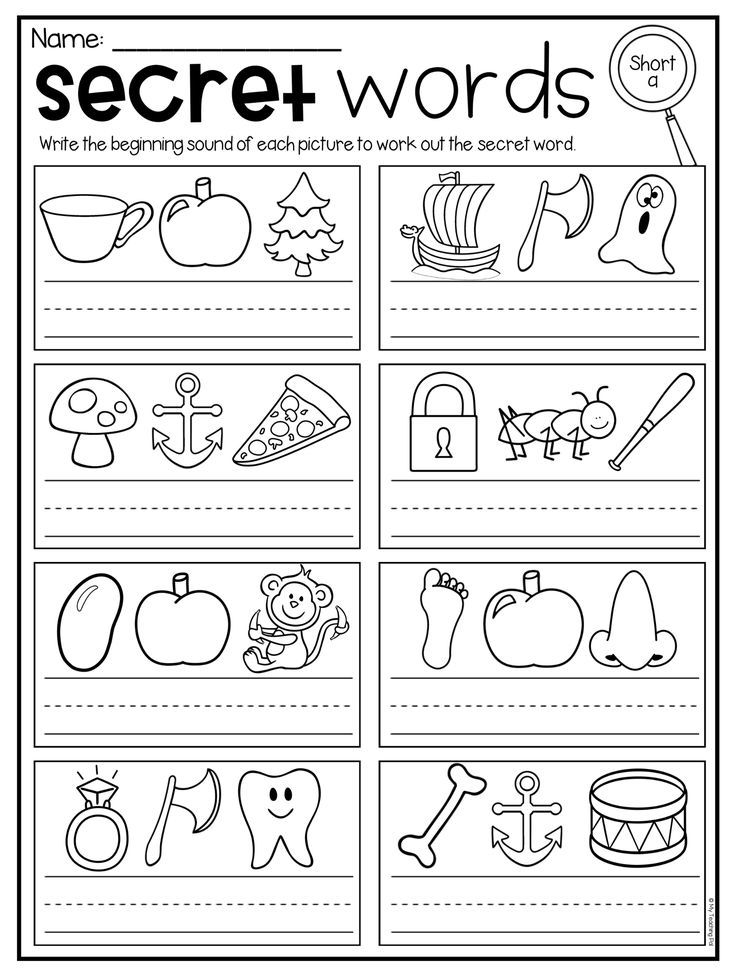
After your first network project is ready, try doing something in real time. In your first networking application, you probably used TCP to make sure that the data you received arrived in the order you sent it. For games with a lot of action, the delays introduced by TCP will probably be too high, so you will have to use UDP. UDP does not guarantee the order of delivery, nor does it guarantee delivery at all. Because UDP doesn't do extra integrity checks, it's faster. You have to sacrifice the ease of use of TCP in exchange for the speed of UDP and the need to check data integrity yourself when creating a game.
3D games
Before making 3D games, you should make at least one well planned game and have a good understanding of 3D vector math, linear and Newtonian physics. Here you have to deal with vertices, textures, lighting, shadows, defining interaction with objects in three-dimensional space, loading models and other complex sounding things.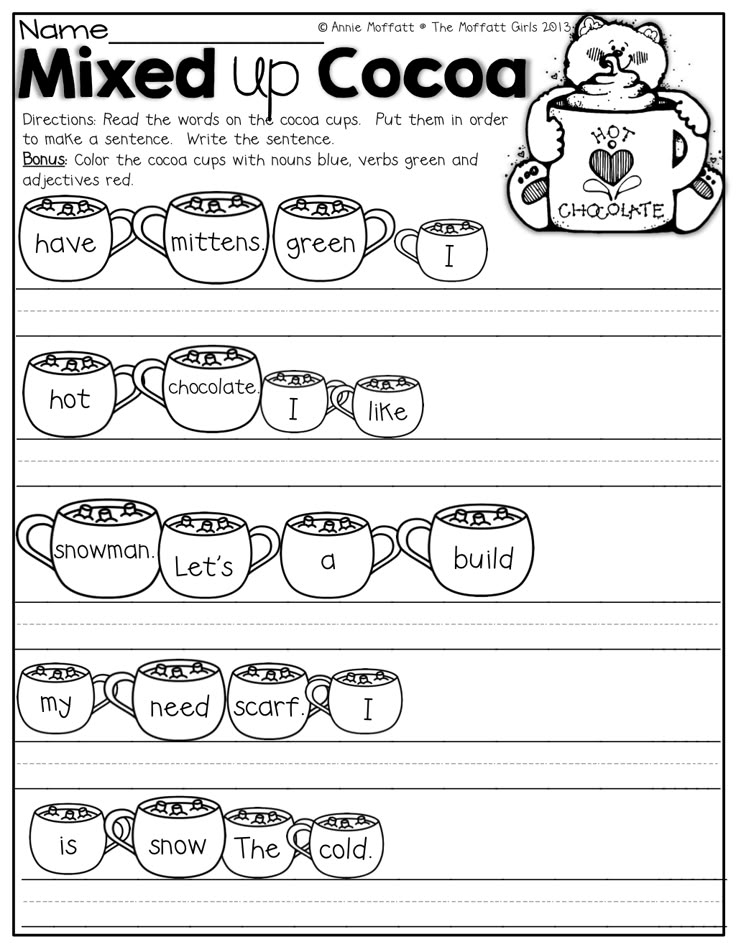
The good news is that if you've already made 4 or 5 games, you already know the basics needed to create a game. You are already familiar with the development process and know your capabilities as a programmer. Whether it's a 3D shooter or a 2D shooter, it's still a shooter. 2D RPG or 3D RPG is still RPG.
Don't take this as an excuse to skip 2D and go straight to 3D. Before you can learn to run, you must learn to walk.
Quick way
Are you saying that you learn faster if you jump right in and just write your 3D MMOFPSRTSRPG and learn what you need as needed? Well, here are a couple of tips to help you:
- Go to the local market
- Buy a whole fish. I recommend taking salmon or cod, although catfish is also suitable. Trout, by the way, is also quite effective
- Go home and turn on the computer
- Launch your favorite IDE
- Now take the fish you bought and hit yourself in the head
- Repeat step 5 until thoughts of a quick way leave you
You don't learn algebra by solving computational problems.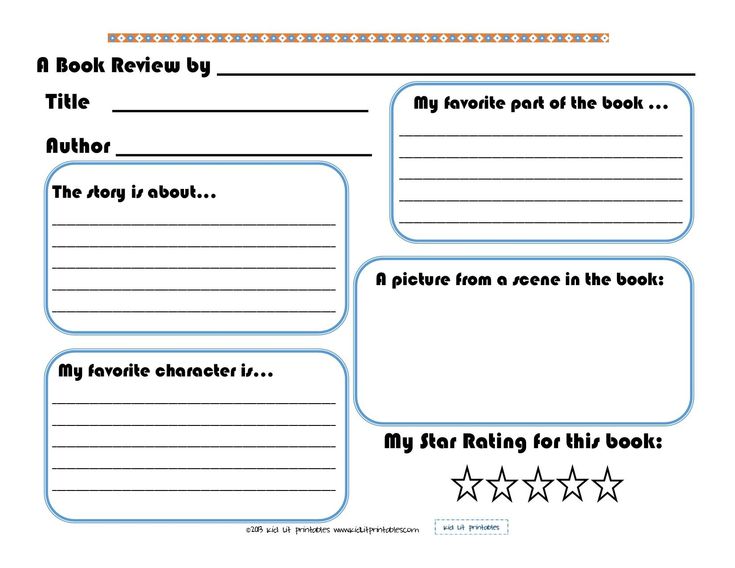 You learn the basics and build on them. It's the same with programming. If you're looking for a quick fix, I'm here to tell you there isn't one. Don't rush yourself. Once again: learn the basics and build on them. Otherwise, you will fail.
You learn the basics and build on them. It's the same with programming. If you're looking for a quick fix, I'm here to tell you there isn't one. Don't rush yourself. Once again: learn the basics and build on them. Otherwise, you will fail.
Journey begins
Now, so that you have a general understanding of what to do after all, it's time to start doing game development. I do not expect you to follow this guide word for word. Everyone learns differently and at different speeds. If there's one thing you should take away from this article, it's three things:
- Pick your pace
- Finish games to the end
- Focus on learning, not just creating
Good luck on your game development journey!
How to start making a game? Step-by-step instructions - Gamedev on DTF
This article is for beginners in game development. For those who want to make a game but don't know where to start.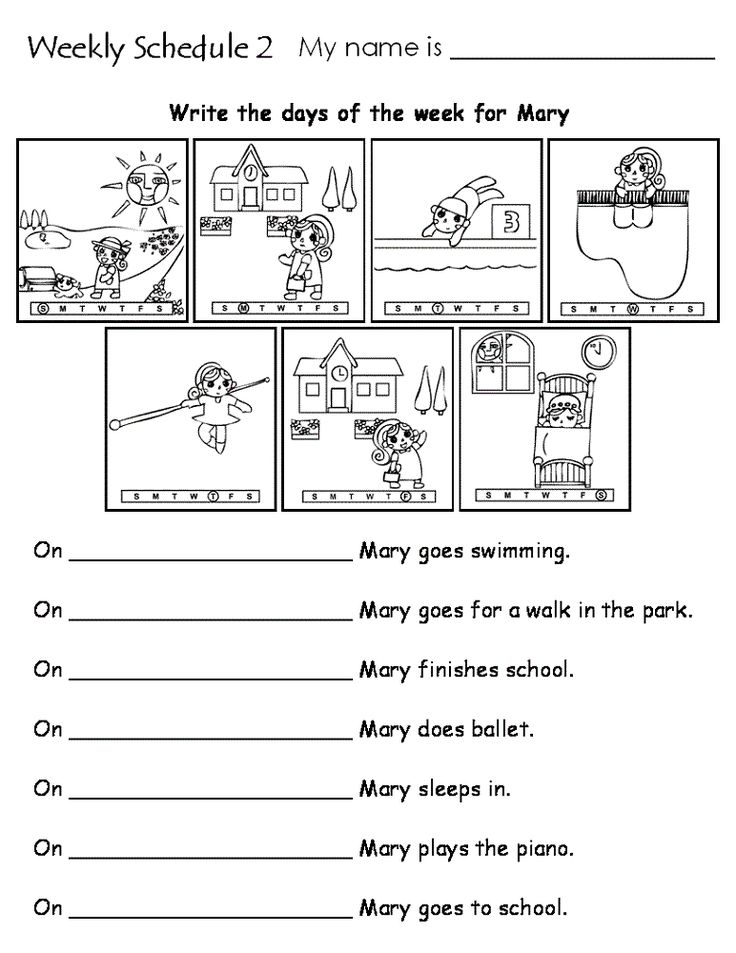
97 713 views
I will try, step by step, to explain the whole process from desire to release. Let's go!
Who am I?
My name is Alexander Dudarev
Alexander Dudarev E-mail: [email protected]
I am a game designer with 10 years of experience. Worked in many companies, for example in Playgendary. He did different things: both casual games for mobile phones, and a tank shooter for PC.
Now I'm an indie developer. I live by selling my games. Released 4 games for PC and Consoles. Now I am developing the game They Are Here: Alien Abduction Horror - a horror from the 1st person, about the abduction by aliens.
They Are Here: Alien Abduction Horror
Step 1: Be Enthusiastic
Enthusiasm is the fuel you burn in development. It will allow you to make a game after work, when you are tired, when you want to relax.
How to replenish the supply of enthusiasm? Watch documentaries, read developer success stories.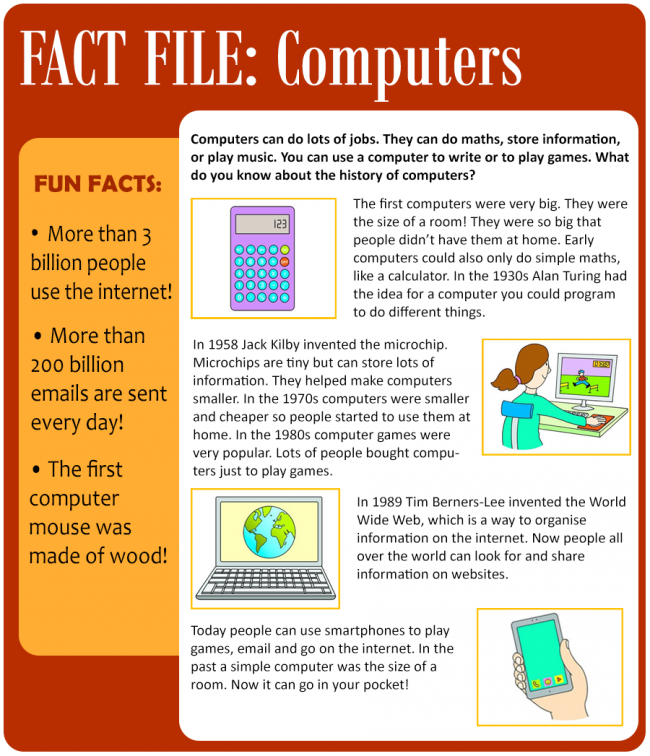 It's motivating!
It's motivating!
For example, here is a great documentary about indie games Indie Game: The Movie
Look around: other games, films, movies, new technologies. The desire to learn something new or do something similar is what you need.
Step 2. Gather a team or do it yourself!
One is easier. It's easier to come up with an idea and make decisions. No need to argue and describe tasks. Making a game alone is possible. For example, I made 4 games alone.
It's better with a team. Better quality. Your decisions are criticized and the result is improved. You can distribute responsibilities and make the game faster. The last game I do is in a team with my wife. She is responsible for the story, criticizes my decisions, helps with art, looks for streamers.
In short - there is a team, cool! There is no team - do everything yourself, it's not difficult.
Typical indie developer
Step 3.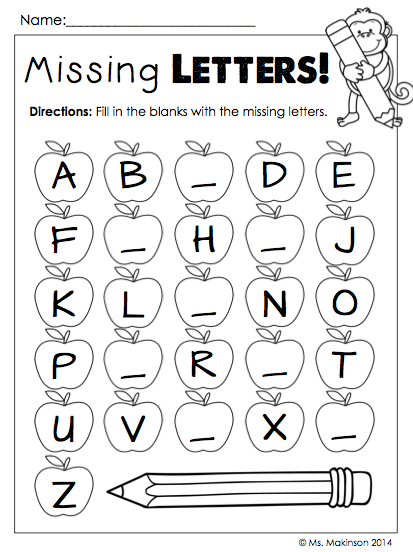 Formulate the development goal
Formulate the development goal
It is very important to understand - why do you need all this?
For example:
1. Employment in a game development company.
Product portfolio. The priority is the quality of performance.
Questions: What position would you like to apply for? Which company(s)? What kind of games does the company(s) do? What needs to be learned?
2. Learn how to make games, master a skill.
Prototype product. Priority is new knowledge.
Questions: What skill to master? How to do a specific thing?
3. Tell about something important.
Product Manifesto. The priority is to convey the idea to the masses.
Questions: Will my idea be understood? How to make the product more popular?
4. Make the game you dreamed about.
The product is a dream. The priority is to realize your vision.
Questions: What do I want to see? What can be neglected? How to finish a project?
5.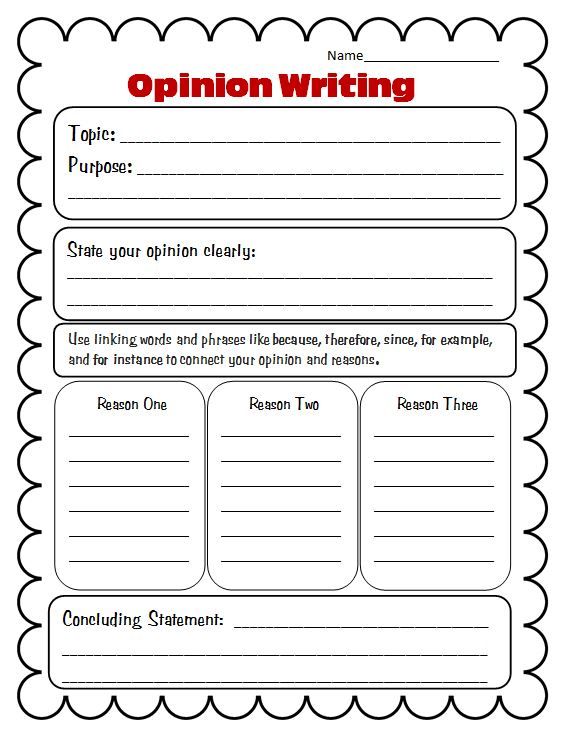 Build your business.
Build your business.
Product - active. The priority is to earn income.
Questions: Which games sell best? How long will development take? How to reduce this time?
There can be more than one target. Goals can change from game to game.
In short - you have to answer the question - why am I making this game?
Really, why?
Step 4. Remember what you can do or love
For example, my wife and I are fans of horror films about aliens. Type "Signs", "Dark Skies", "X-Files". Therefore, it is easier for us to work on ideas and script for They Are Here
Or maybe you draw anime girls in your spare time. And your friend is studying AI programming. So it will be easier for you to make a game about girls who will chat with the player as if they were alive.
Tian approves of starting from skills and hobbies
In short - your skills and hobbies are your advantages. Consider them when choosing a platform, engine, game genre. For now, just think about it.
Consider them when choosing a platform, engine, game genre. For now, just think about it.
Step 5. Choose a platform
If it's simple, then there are 2 ways: Mobile phones or PC + Consoles .
Based on the goals and skills of , you will need to choose one thing. These are different platforms, with different games, audience and monetization.
Path 1. Mobiki
Audience:
- Mass audience. Children, pensioners, bored saleswomen. These are not gamers. Everything should be very clear and simple.
- Play for 1 - 5 minutes. On breaks, in line, at work. To kill time.
- Simple bright graphics are appreciated.
- Focus on simple yet addictive core gameplay.
Pros:
- Some genres (puzzles, arcades) are the easiest to develop. You can make a small prototype (1-5 levels) and show it to the employer, for example.
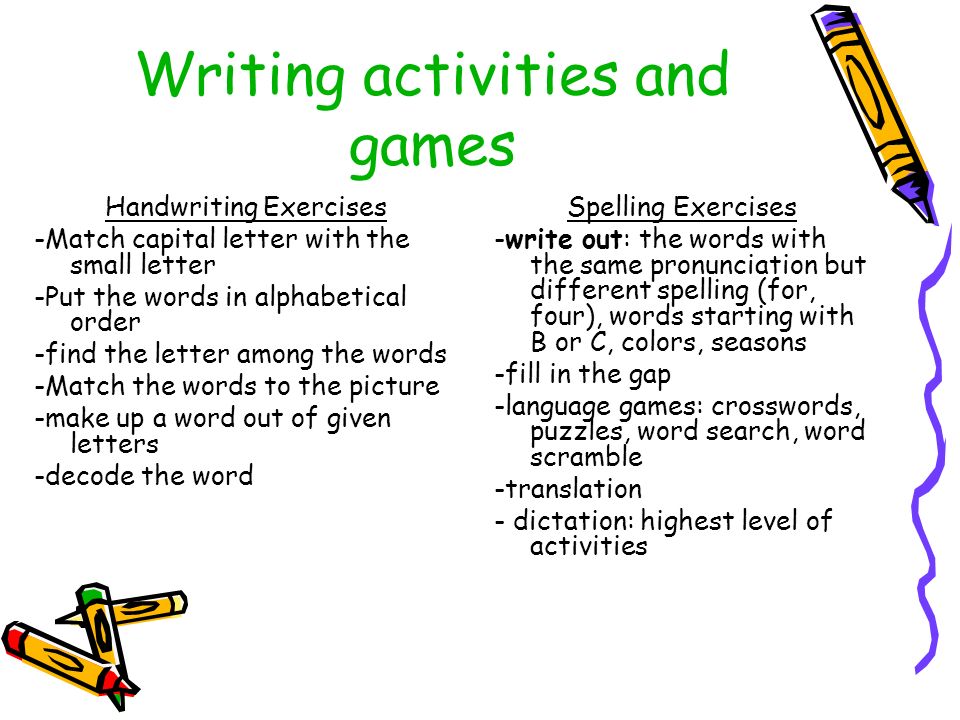
- Pretty or complex graphics are not required. The main thing is to be clear.
- Simple gameplay and game design.
- It will be a plus if he is used to mobile devices and games.
Cons:
- Very. High. competition. There are millions of games and almost all of them are free. Players come only from ads. No ads - no players. No money.
- Monetization. You need to embed ads or in-game purchases into the game. Know where and how. Test to make it all work.
- Analytics. You need to understand what LTV is. Why should it be > than CPI. Embed analytics in the game.
- Be prepared to make 20 prototypes or improve the product until LTV > CPI.
- Earn money for a small team, you can only with a publisher. I personally don't know any other way.
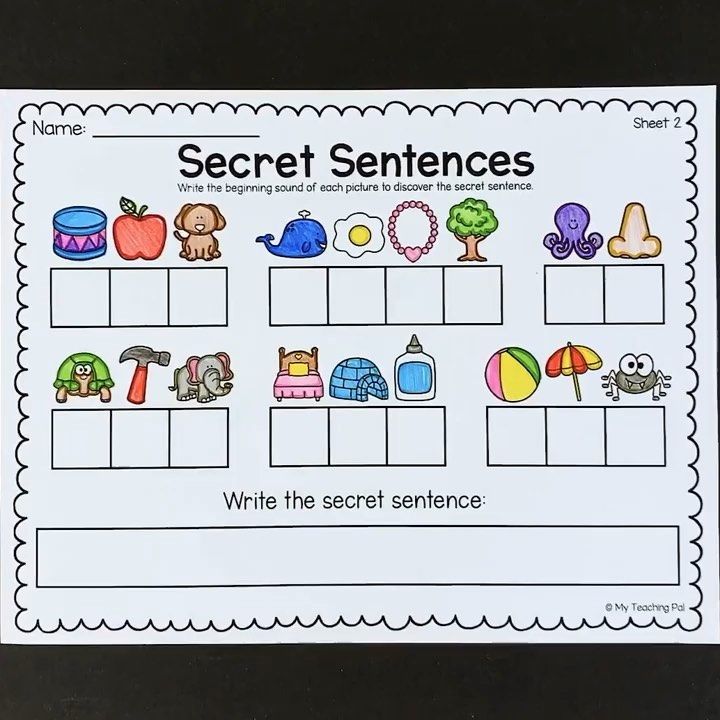
In short - mobile phones, this is a huge super market. On the shelf is something that pays for advertising. It's advertising budget competition. If you want to make money on mobile phones, then I advise you to make hyper-casual games and work with a publisher.
If you don't care about income, it's a cool, lightweight platform.
If you dare, learn more about:
- Hyper-casual games (everything related to game design and production).
- How to find a publisher for hyper-casual games.
- Casual graphics.
- Low-poly graphics.
- Casual players (casual difficulty and tutorials).
- Mobile game analytics (CPI, LTV, Retention).
- Monetization of mobile games.
- Optimization of mobile games.
- Google Play and App Store.
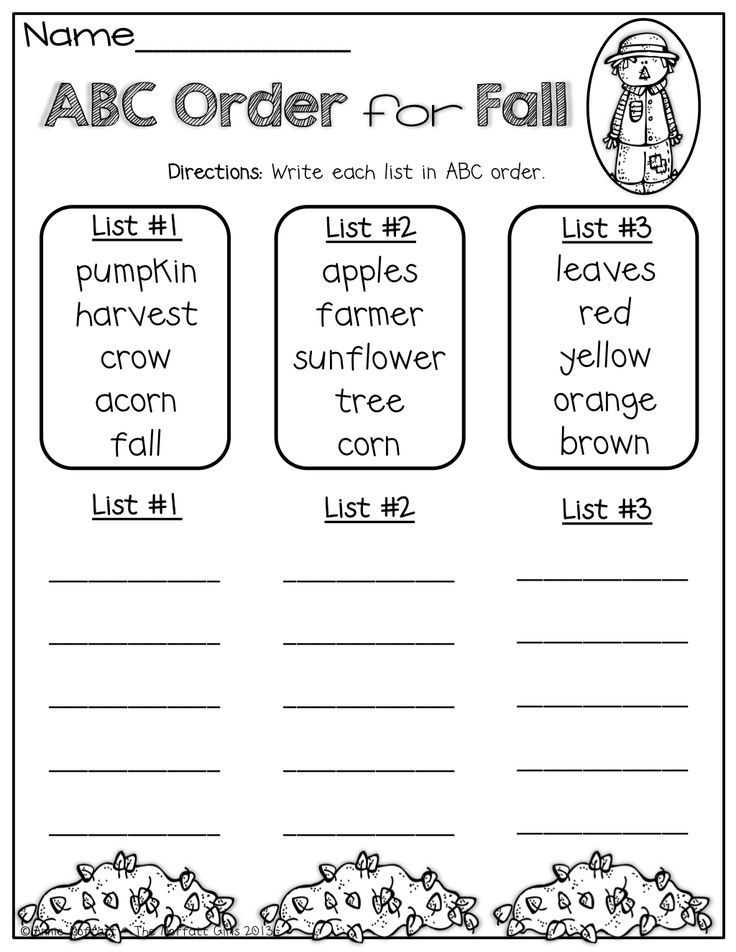 Registering a developer account. Rules and recommendations. SEO.
Registering a developer account. Rules and recommendations. SEO. - Advertising mediators and networks (Iron Source, AdMob, etc.).
- Market analytics services for mobile games (Sensor Tower, App Annie).
Path 2. PC + Consoles
Audience:
- Hardcore gamers.
- Play for several hours. Houses. To dive into the game.
- Realistic or stylish graphics are valued.
- Emphasis on an interesting story or deep gameplay.
Pros:
- Less competition than on mobile phones. Especially on consoles.
- Easier to get players and reviews.
- You can make good money by porting the game to the console, with the help of a publisher.
- Don't bother with analytics and monetization.
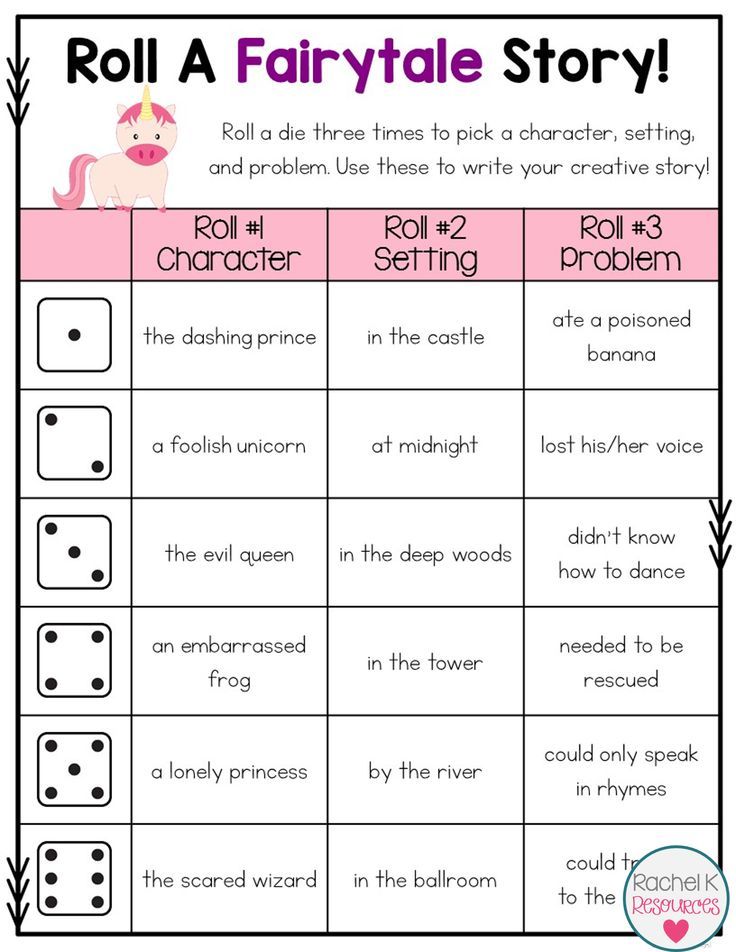
- From childhood, a clear platform (PC / Console) and audience (Gamers).
- The audience loves original, creative, interesting games.
- It will be a plus if you yourself play on a computer or console.
Minuses:
- Simple games (puzzles, arcades) are bad. Gamers want to get experience, get used to the role. Stick for a long time. The game should not look like something for a couple of minutes.
- Games are longer in production. But you can be tricky - make small games that look like big ones, and also use ready-made assets.
- We need to work on an interesting idea. Find distinctive features (USP) that will make the project stand out.
- You need to think of an interesting story or gameplay.
- More complex game design.
- High demands on the quality of graphics.
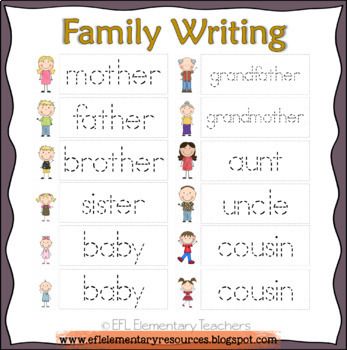
In short - PCs and especially Consoles is a luxury boutique. On the shelf is what is in demand. This is quality competition. If you want to make money, then make an interesting game, and be sure to port it to the console (through a publisher). Think about how to save on production!
If you dare, learn more about:
- Game design for computer games.
- Narrative, storytelling.
- How to pitch games.
- Game features / USP.
- What is a vertical slice.
- Steam. Registering a developer account. Page layout. Tags. Rules and recommendations.
- Marketing and promotion of indie games on Steam (I recommend http://howtomarketagame.com/) How to make a cool poster, trailer, screenshots, GIFs.
- Porting games to consoles.
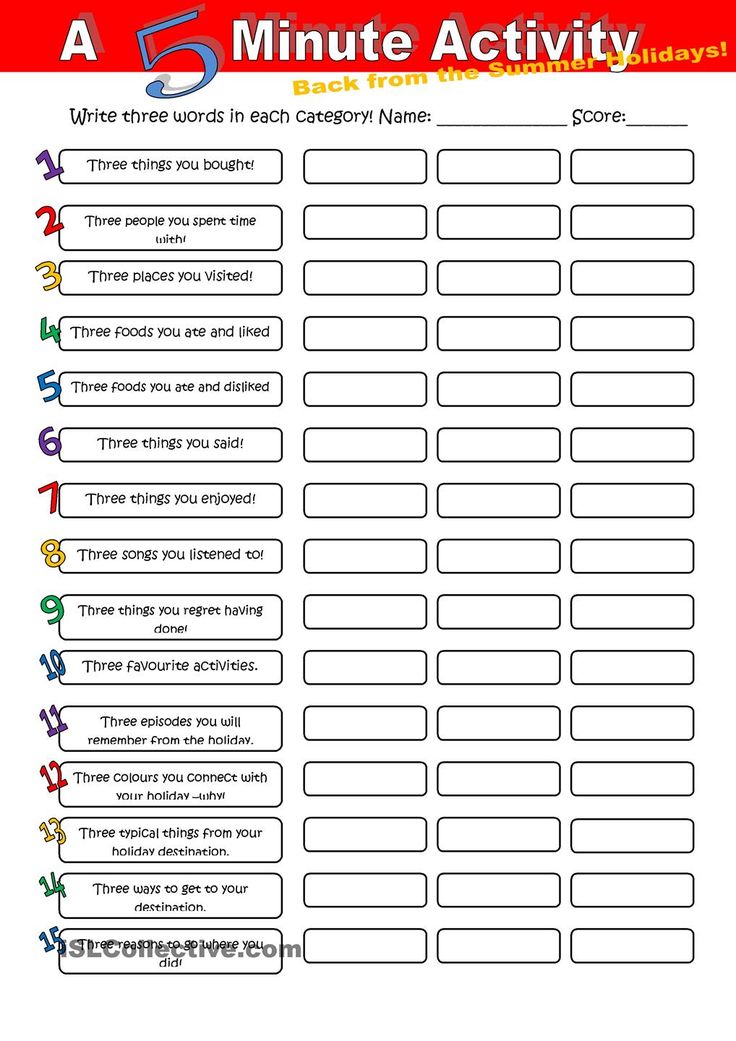
- Console game publishers.
- Indie game contests and festivals.
- Work with influencers (youtubers, streamers).
- Realistic graphics.
- Stylized graphics.
- Tag and genre analytics services (SteamDB, Steamspy, SteamCharts, Game Data Crunch).
- Key distribution services (Keymailer, Woovit)
Step 6. Learn about game design and game production
Get interested in how games are made (great podcast in your headphones)
I recommend to google about:
- Game mechanics, genres and settings.
- Game design. There is a book by Jesse Schell, it's good, but big. You can google about a particular genre.
- Core gameplay and Meta gameplay.
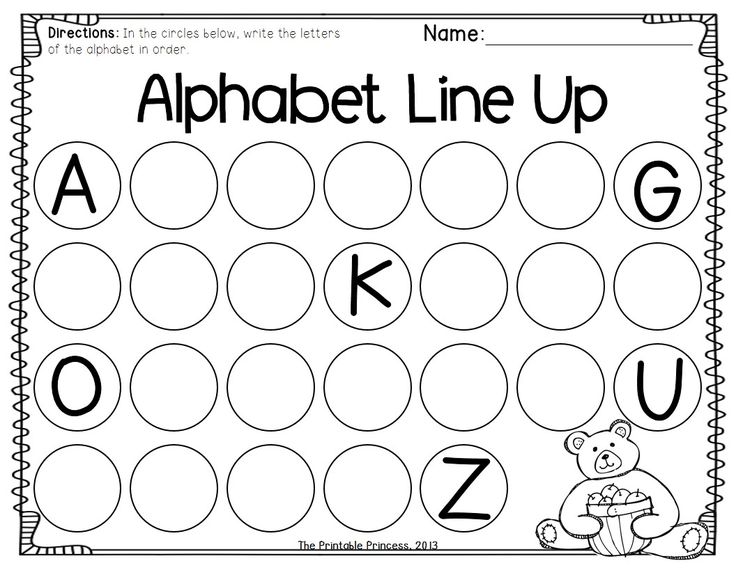
- Level design. It's better to google about a particular genre.
- User interface (UI) in games.
- Assets and marketplaces.
In short - first learn superficially about all incomprehensible terms. Explore only what you need to develop your specific game in depth.
Step 7. Choose an engine and look at the tutorials
The engine is the program that builds the game. This is a big food processor that has everything. Logic is programmed there, levels are assembled, lighting is set, animation is set up, materials are created, sounds are inserted, etc.
Many articles have been written about the choice of engine - google it.
If you are alone and don't know programming languages, I recommend Unreal Engine 4.
- Blueprints are there - this is visual programming. It's easier than writing code.
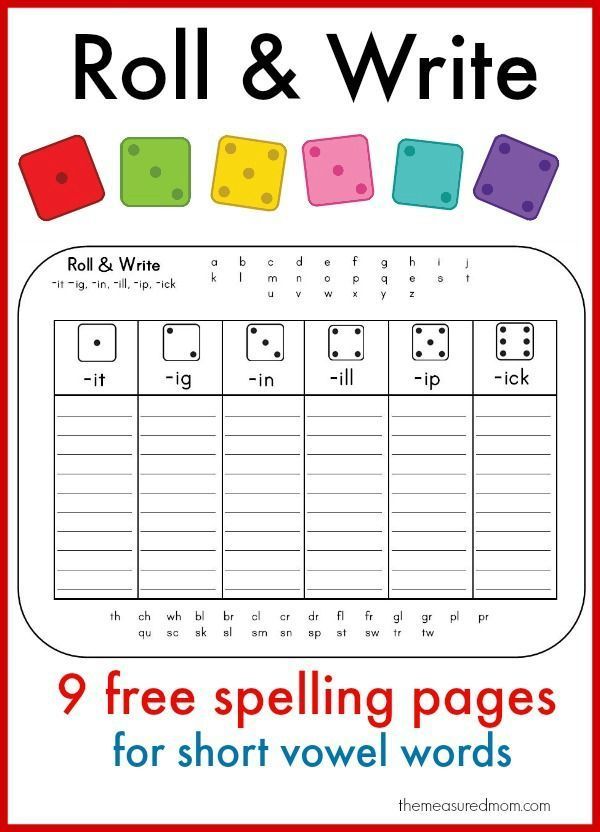
- Nice render out of the box.
- There is a large marketplace with gov assets
- This is a popular commercial engine that is used to make a lot of games.
- You can make a game for all platforms. You can embed advertising, inaps, analytics.
- Lots of levels. I recommend Unreal Engine Rus
- Cool interface.
- A bunch of built-in functions.
- Free up to a lama bucks income.
Unreal Engine 4 Blueprints
Before starting to work on the game, make a couple of very simple table fakes.
Make a snake, ping-pong, etc. Don't care about quality, don't care about game design. The main thing is to practice "on cats", to feel the functions of the engine.
The whole team will work in the engine - so everyone should study it, at least superficially.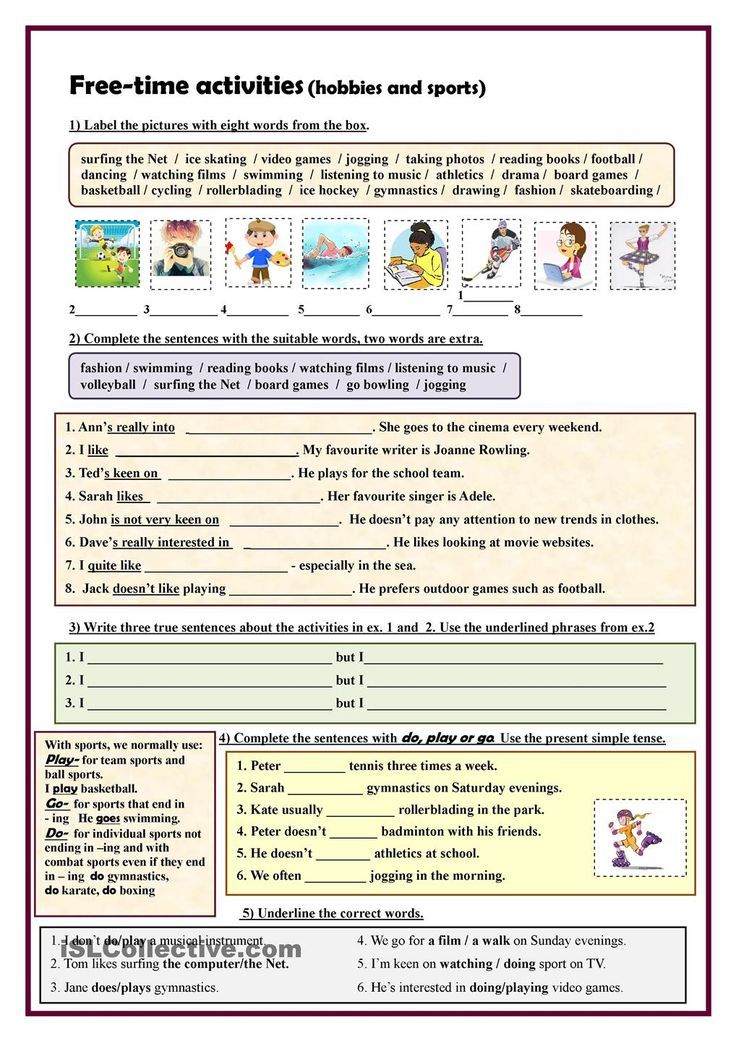 You must understand each other, and also help the programmer build the game.
You must understand each other, and also help the programmer build the game.
In short - read about the choice of engine. Take the time to study it.
Step 8. Choose a Genre
Genre is your niche. Genre is very important. There are genres that no one plays. And for some you need to study a lot of additional material.
It is better to choose a genre which:
- Popular on the platform. Games of this genre are often bought or downloaded. Use sites for genre analytics.
- Not too difficult to manufacture. MMORPG is not your choice.
- Like you or the team. You understand it or played a lot as a child.
Sales of games in different genres
Once you have decided on a genre, google everything about the production of games in this genre. Game design, graphics, levels, sounds. What to focus on?
Play the best games in this genre.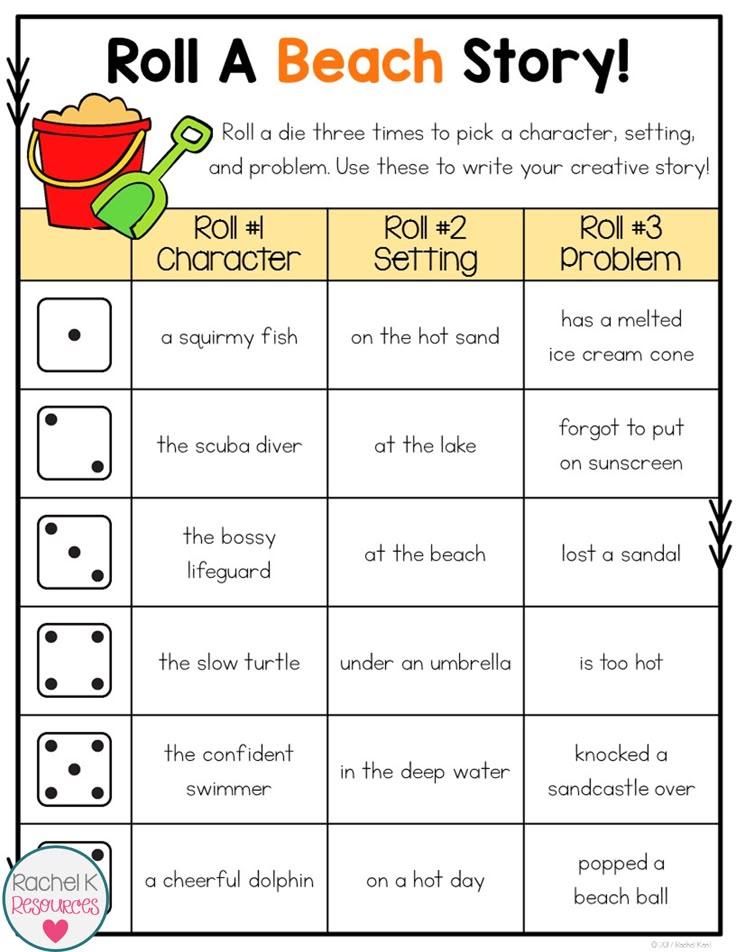 Watch videos about this genre.
Watch videos about this genre.
In short - choose a genre and learn everything you can about it!
Step 9 Come up with an idea, concept, USP
An idea is the core of your game. The seed from which the project will grow.
What is a good idea?
- Clear. Should be clear to everyone. For example, your mom.
- Interesting. I already want to play it! People love risk and new experiences that they want but can't experience in real life. For example, GTA is a tough guy simulation that everyone wants to be but can't.
- Popular. This is not an arthouse, not something strange or specific. The idea appeals to understandable images from life or mass culture.
- Eye-catching. This was not the case before. Or was, but for a long time. Or in another genre. Or in a different style. Or badly done.
What will help you choose an idea?
- Catalog of games on your platform.
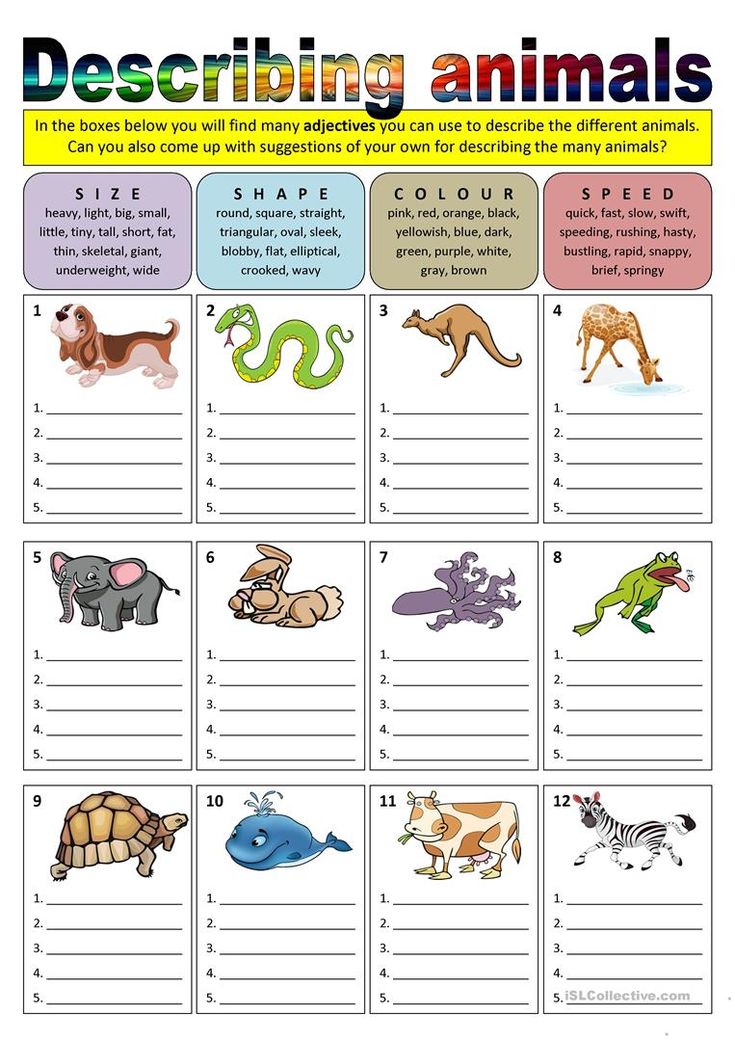 See what's popular. Think about how to change it, put it from a different angle. Hmm…a top railroad building game. What if we play as a driver?
See what's popular. Think about how to change it, put it from a different angle. Hmm…a top railroad building game. What if we play as a driver? - Service sites with tag and genre analytics on the platform. You can track the popularity of the genre, the number of games in it. You can cross individual tags with each other.
- Mass culture. Movies, books, comics, short films, gifs, pictures from the Internet.
You will most likely have many ideas. Write them down. Let me lie down. And then choose the one that haunts you and seems the best.
When I gave birth to the idea
Pro pitch
The idea may seem ambitious. But it has to fit in the Pitch to be understood by the players, the press, and your mom.
A pitch is a short sentence describing an idea. For example, They Are Here: Alien Abduction Horror is a horror movie about alien abduction.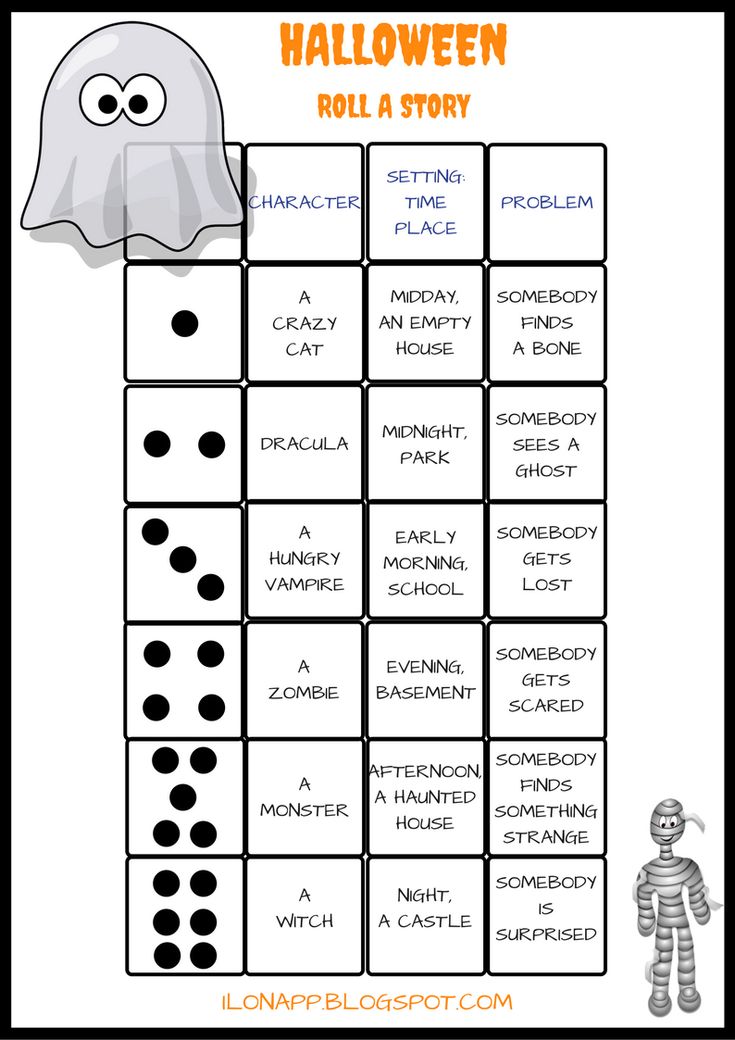 Read more about "How to pitch games".
Read more about "How to pitch games".
Based on Pitch, we describe the concept of the game. A more detailed description of the game on one page. Who are we playing for? What is the purpose? What can be done? What emotions do we evoke?
Pro USP
Think over the key features - USP, which will sell your project. They flow from your idea.
For example, Punk's idea is a mockery of mass culture and fashion.
Key features (USP) of Punk: defiant behavior, aggressive music and strange hairstyles.
Check out my USP, man!
Show your USP everywhere - in the trailer, screenshots, poster, game description. Talk about them communicating with the press and publishers. Poke them in the face!
For example, They Are Here has aliens, cornfields like in the movie Signs, and UFOs.
In short - read about the idea, concept, pitch, USP of the game. Formulate a clear vision for your project and communicate this vision to everyone.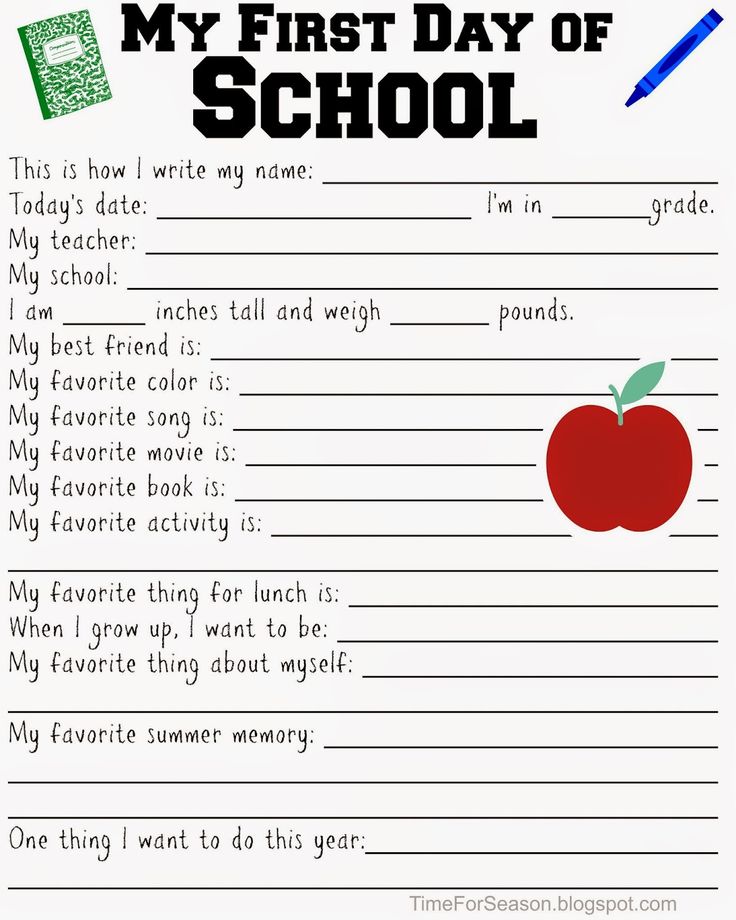 Without it, everything will fall apart and float.
Without it, everything will fall apart and float.
Step 10. List assets and tasks
Assets are the building blocks that make up games.
Make a list of things to do. At least in large strokes. Make a level, find music, insert a character. And you also need 20 types of swords.
Estimate the time and then multiply it by 2. Even if you think it's stupid. Multiply it by 2!
If you see that the project is large, cut off everything unnecessary. Unnecessary - everything that does not show the idea. Or rarely appears on the screen.
For example, if the idea of the game is ultra-violence, then you can not make 20 types of swords, but rather work out the physics of dismembering the body.
Estimate that for mobile hyper-casual games you need to make at least 30 minutes of gameplay. And for PC and Consoles, it is better to make the game for 2 hours. If you can do more, great!
Highly recommended!
Buy and use ready-made assets.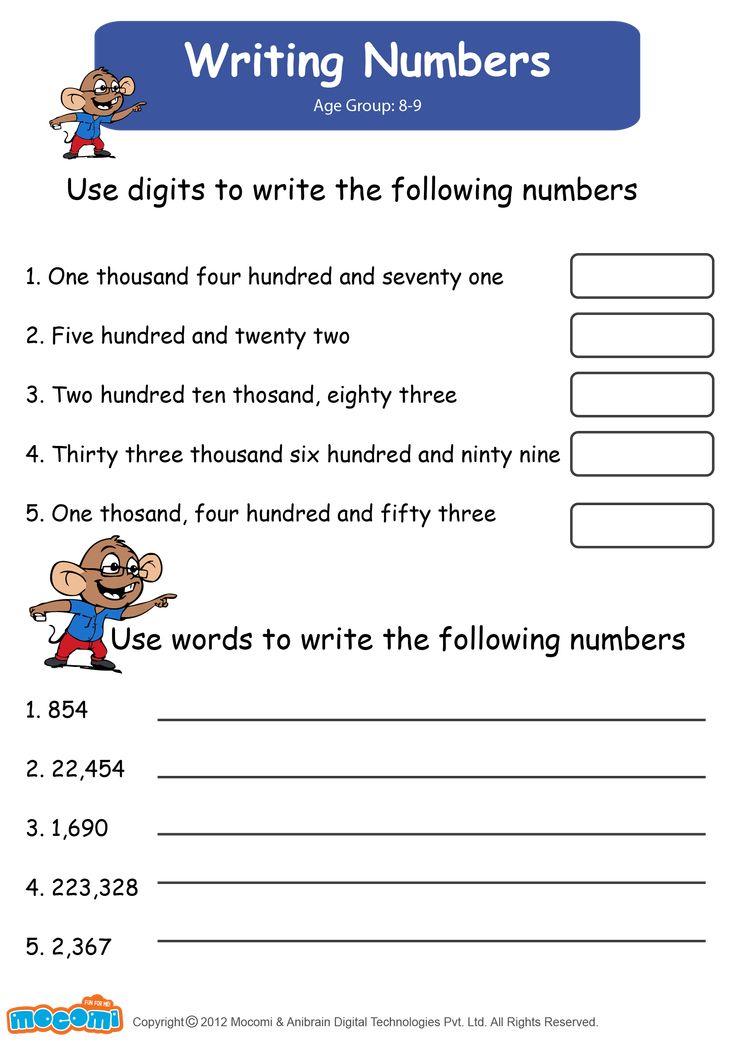 This is the best way to reduce production time and not lose quality. It's not embarrassing, it's normal. It's actually fire!
This is the best way to reduce production time and not lose quality. It's not embarrassing, it's normal. It's actually fire!
Step 11. Organize the process
Write down everything that needs to be done. Every little thing. Otherwise, you will forget.
Set tasks. For myself and the team. I recommend Trello (easier) or Asana (more functional).
Gather project information in one place. You can use Miro boards or Notion wikis.
If you're alone or have a small team, don't worry about big and beautiful documentation. It is better to show an example, draw a diagram, explain on your fingers WHAT SHOULD be done.
Reference is the best task description for an artist! For example, I told my wife - I want a cover like Slender, but with an alien. That's enough!
Collect and store the necessary information. Links to great articles. Contacts of possible partners. Screenshots of bugs. Etc.
Step 12. Make a demo
Demo / Vertical slice / MVP are very similar concepts.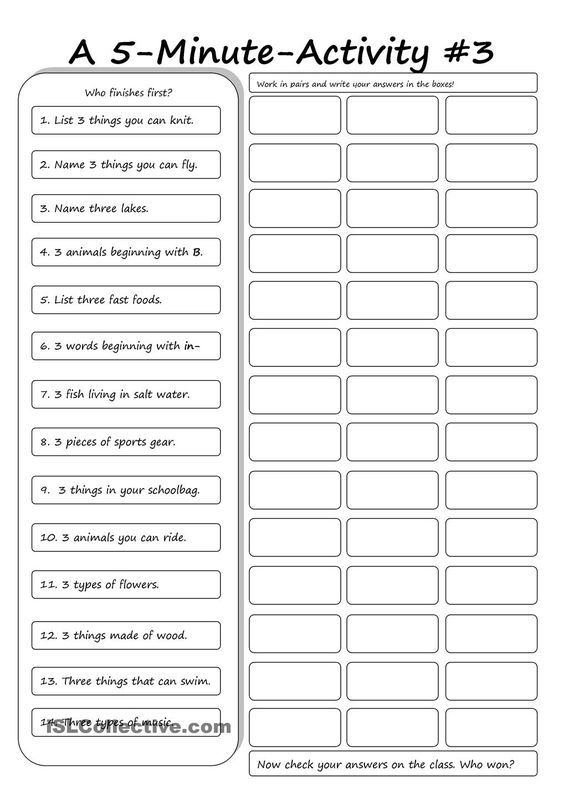 This is a small piece of the final quality game.
This is a small piece of the final quality game.
Small but high quality demo
Demo version solves many problems:
- Helps you record videos, screenshots, gifs
- Shows the payback of a mobile game
- Will help you get a job
- Speed up wishlist recruitment on Steam
- Receive feedback from players and streamers
- Can participate in festivals and competitions
- Only with it you can find a publisher.
In short - make a demo version of the game. This is your business card. Show it to everyone. Say - I will do the same, only more.
Step 13. Fuck! Break through to release!
I won't go into details about the release. It all depends on the game and platform.
Better give recommendations how to survive until the release:
- Do not change the idea on the go.
